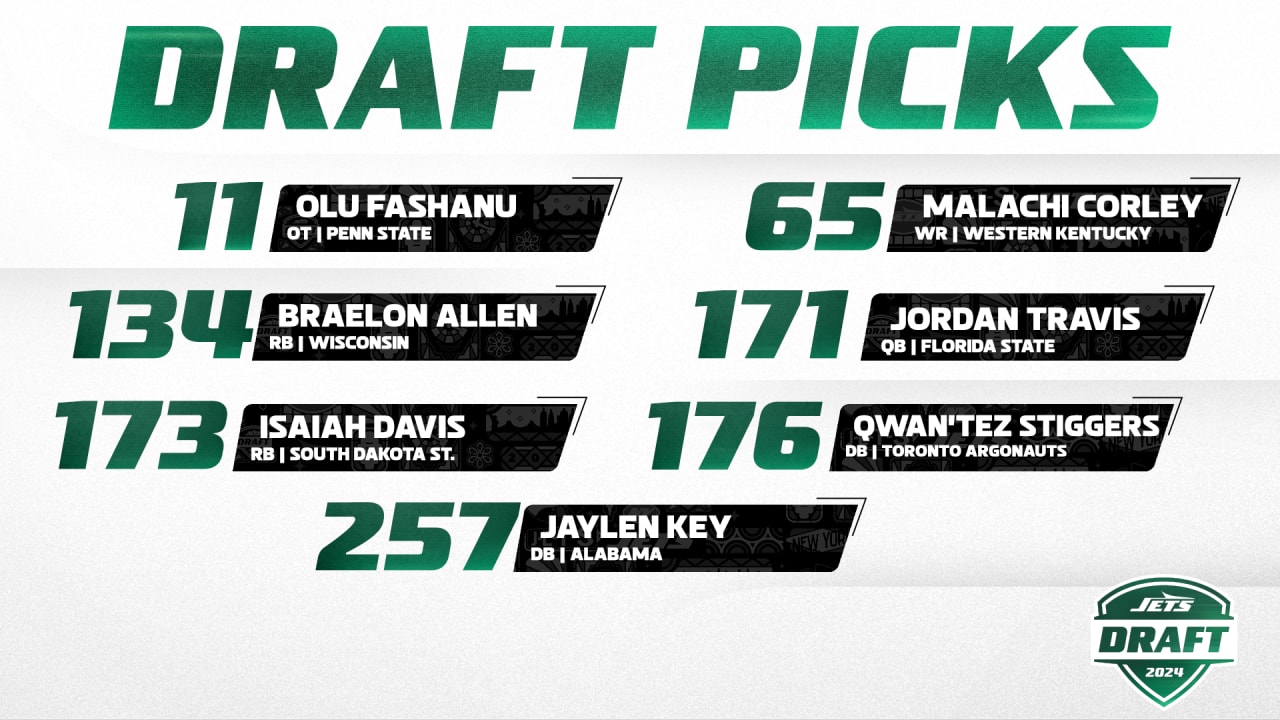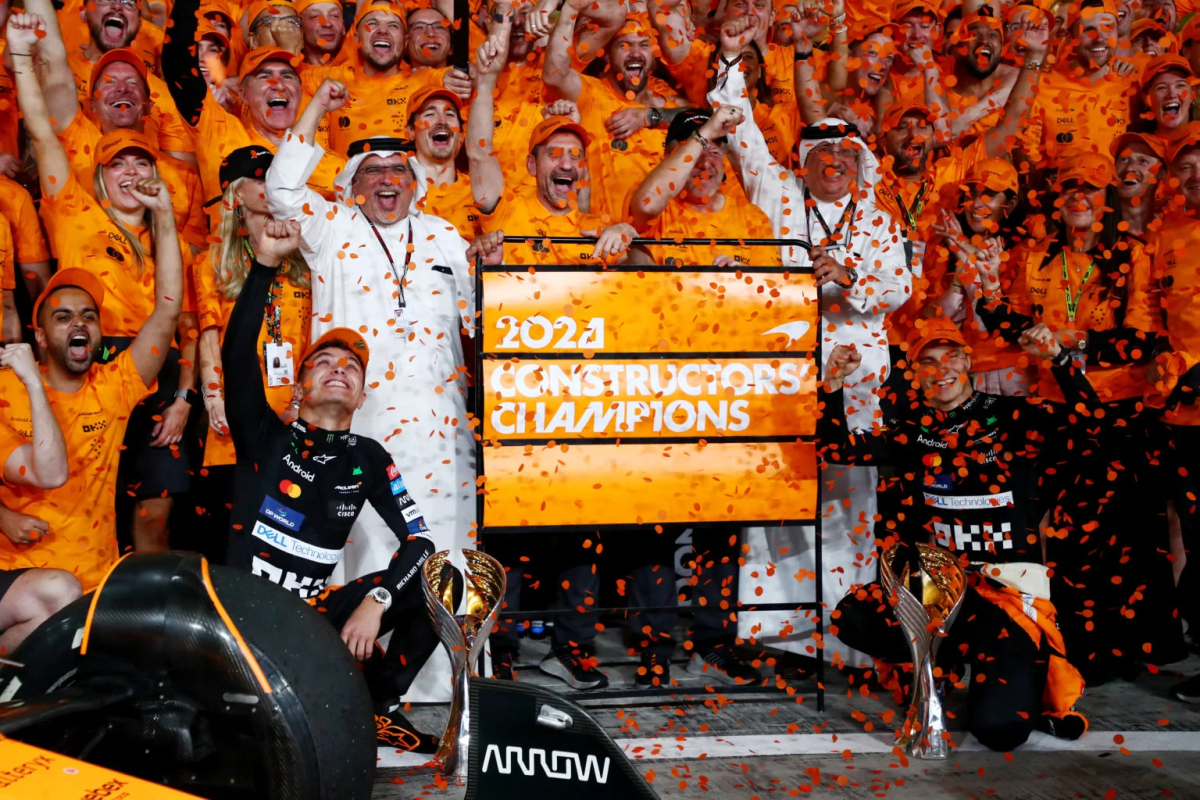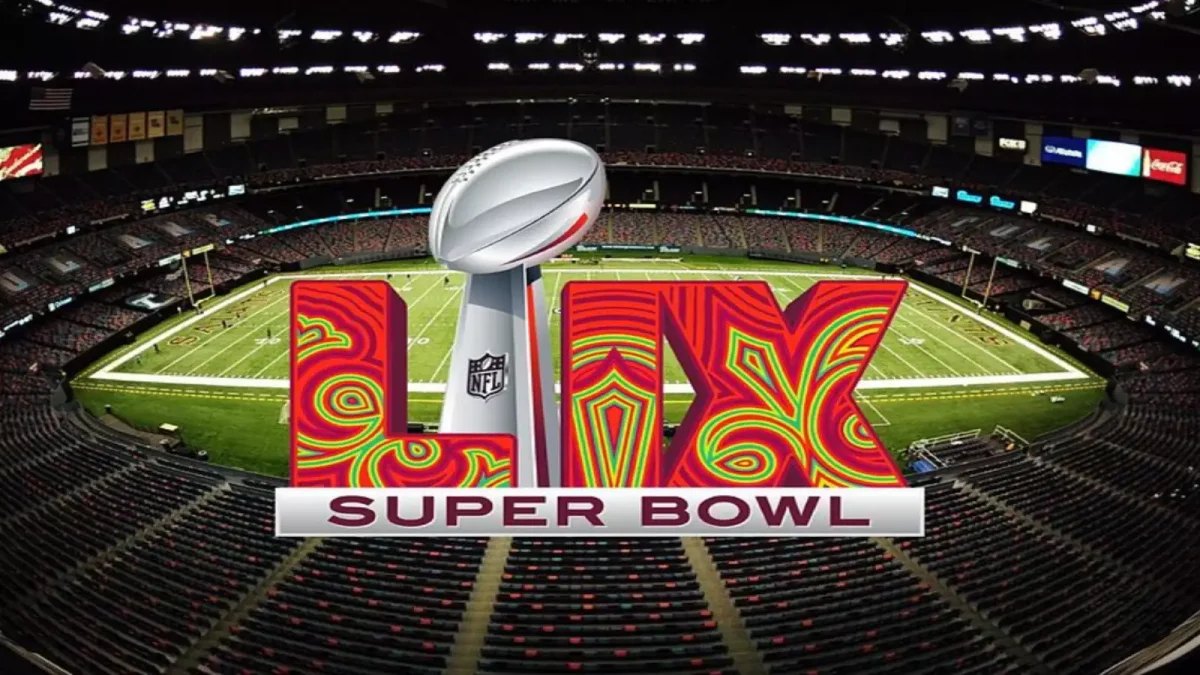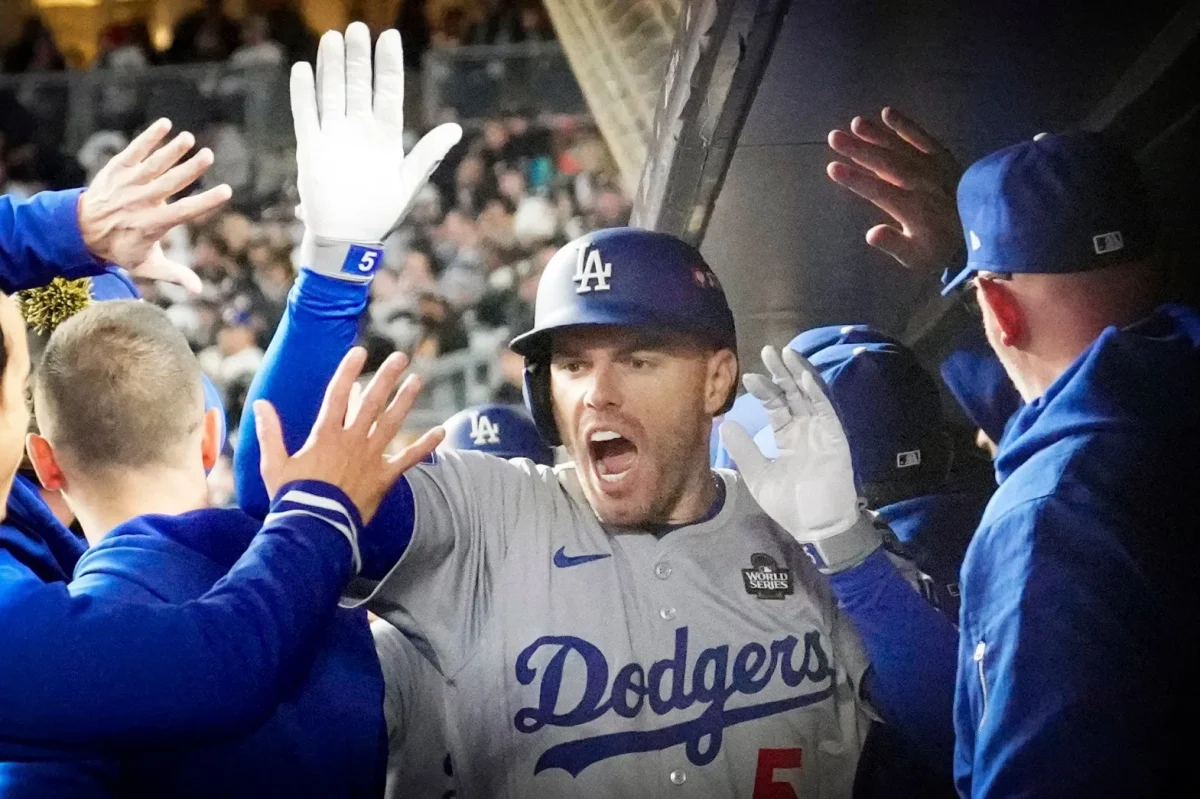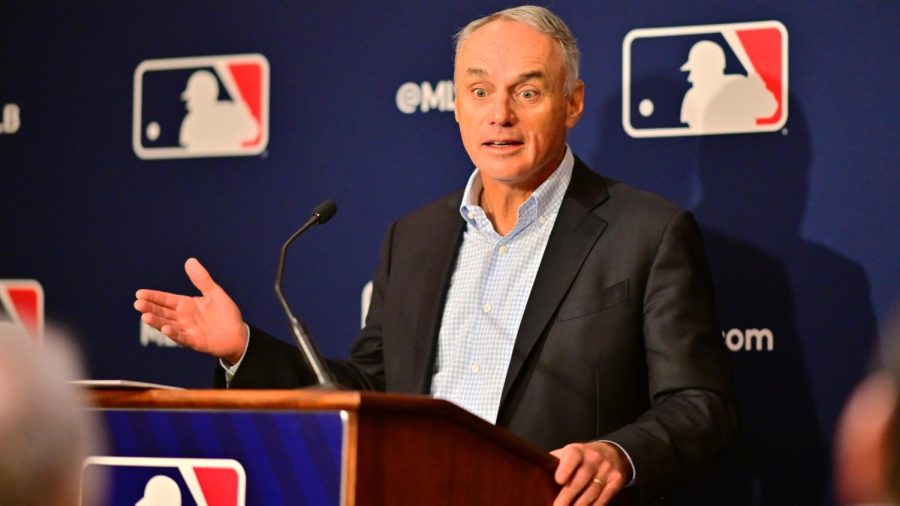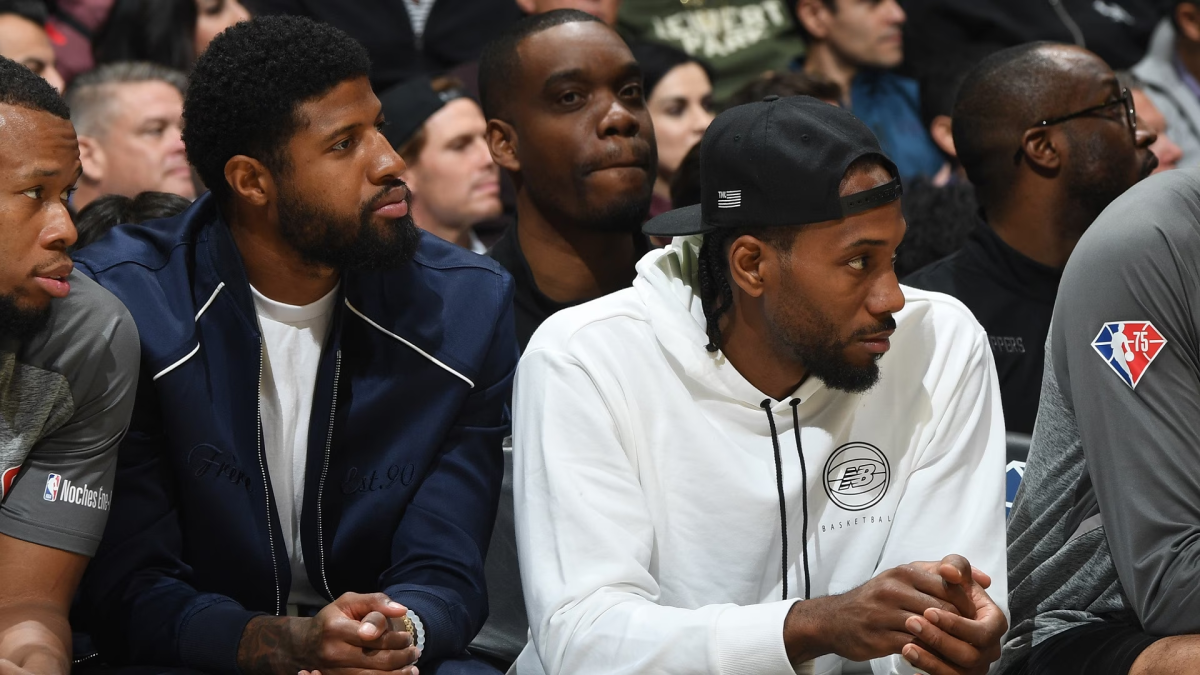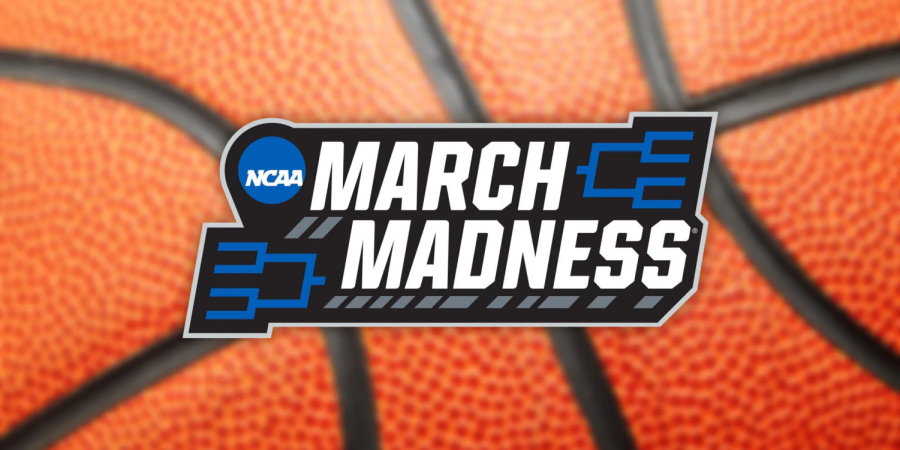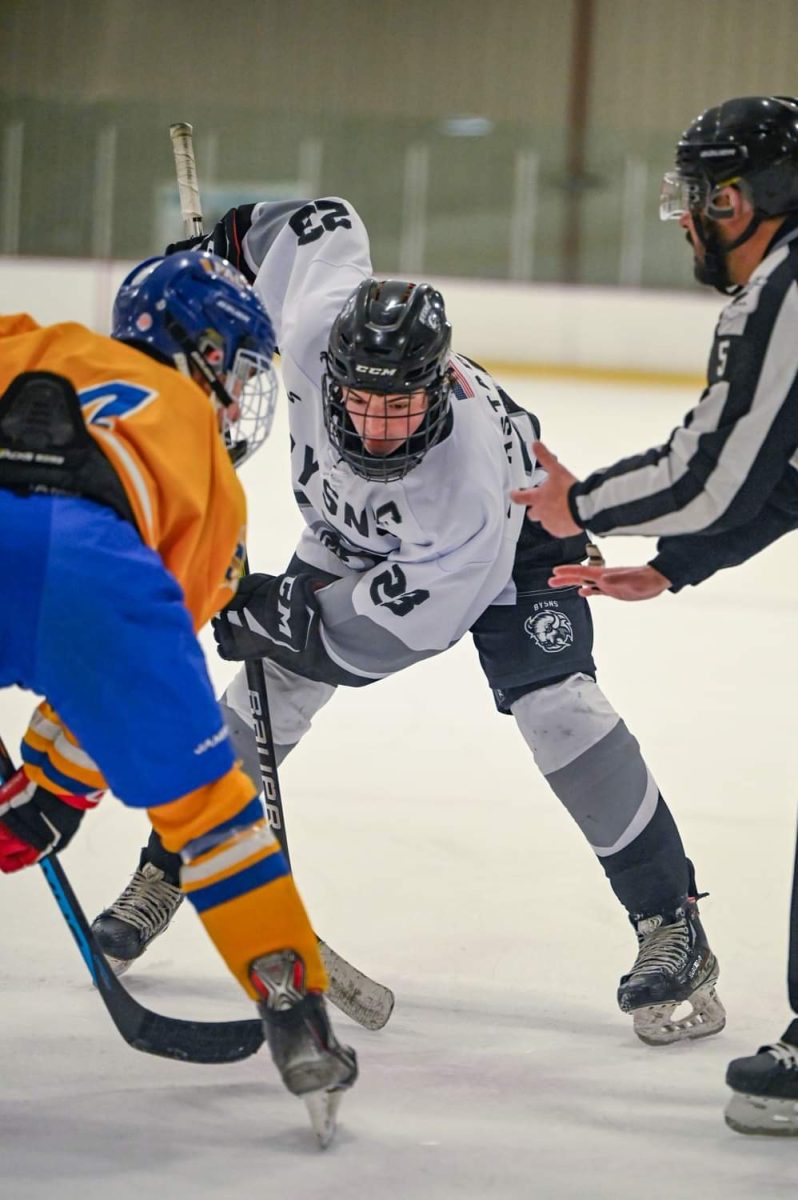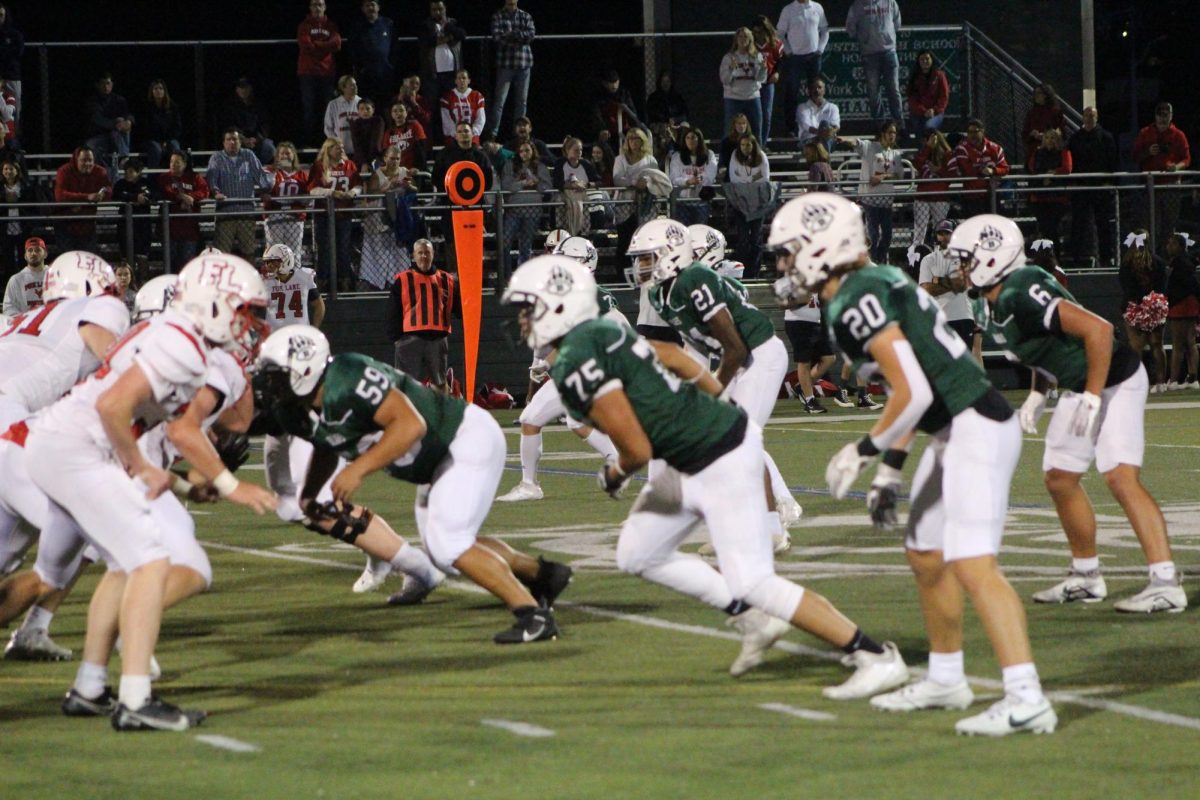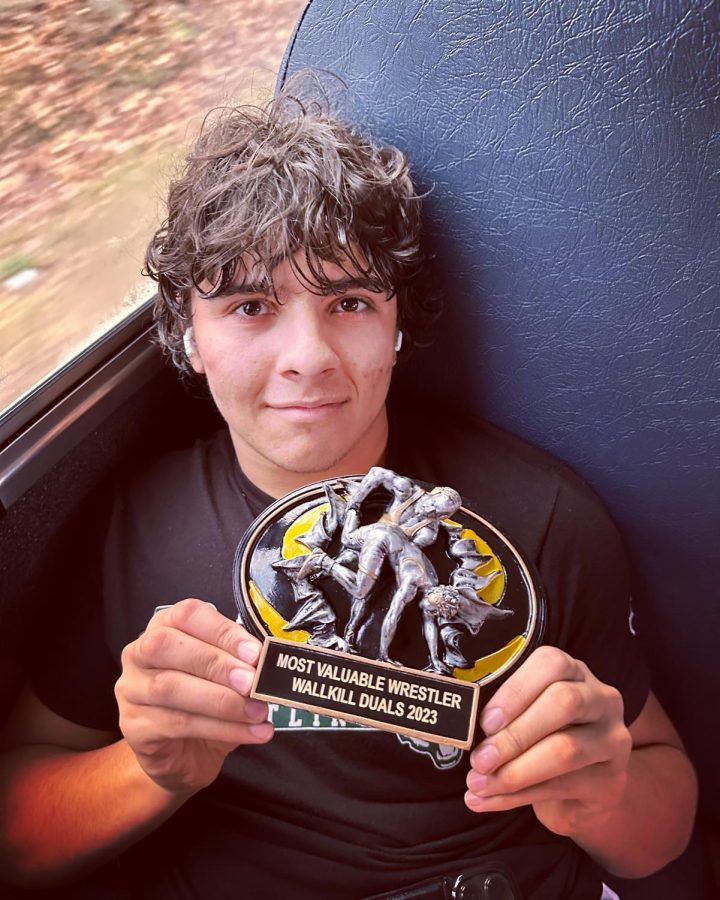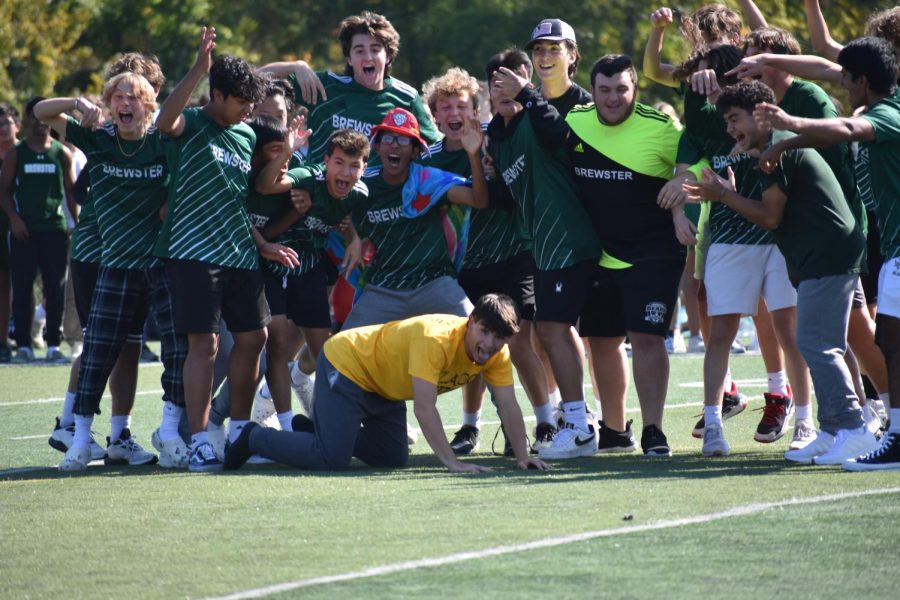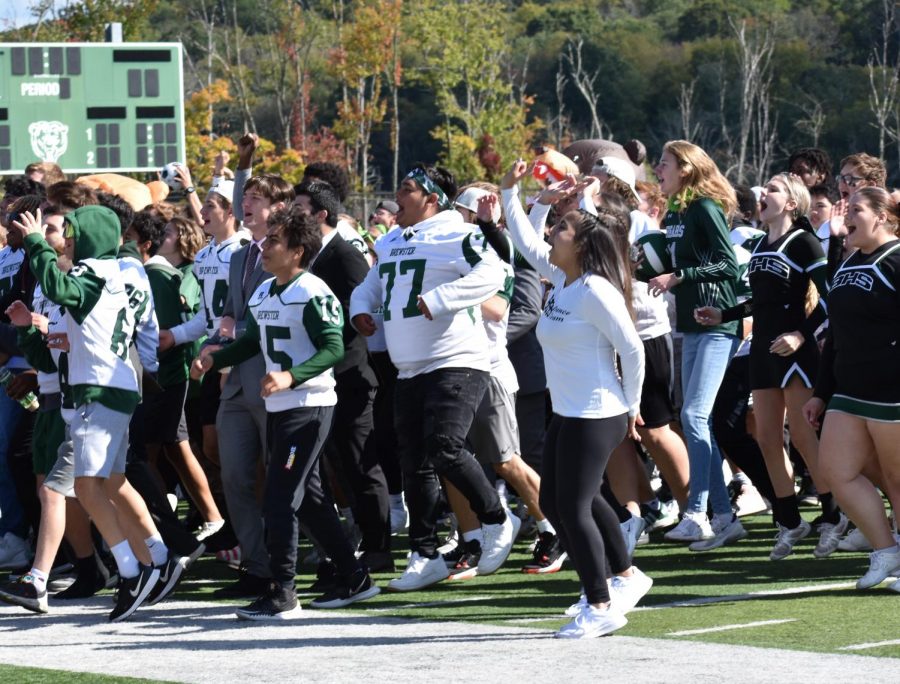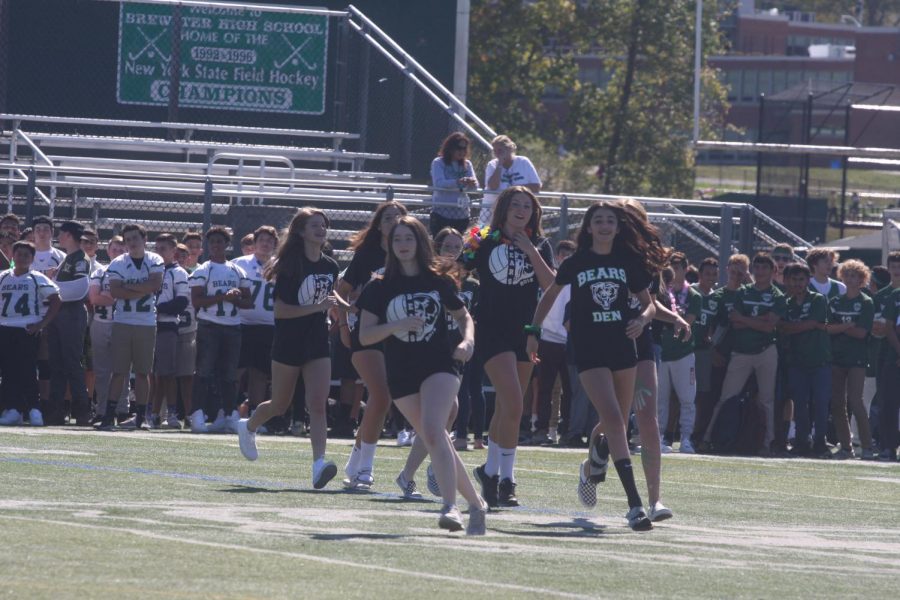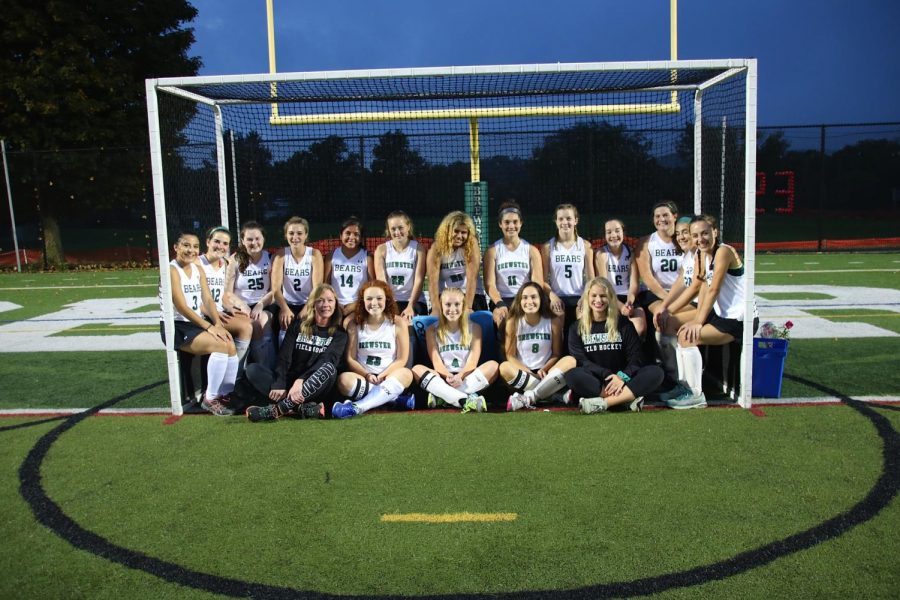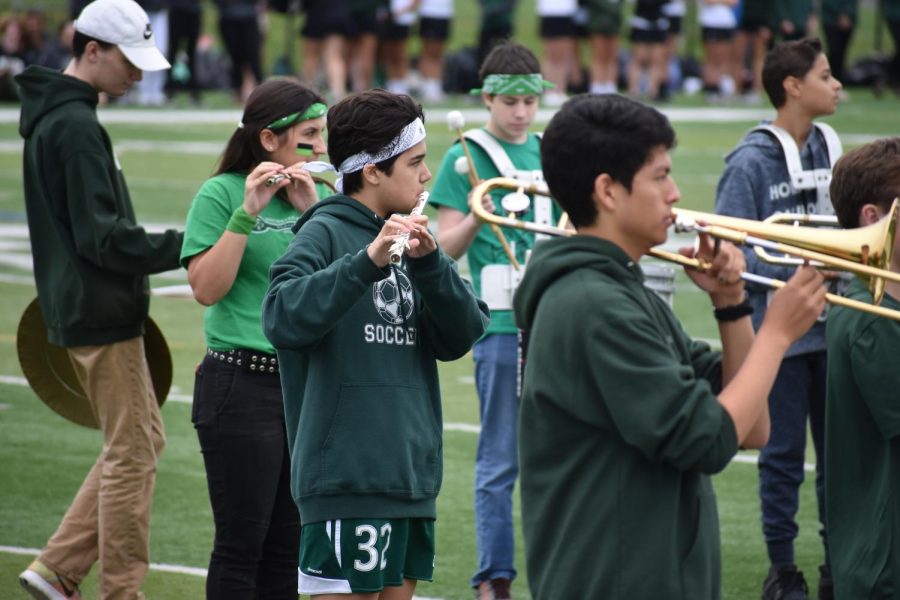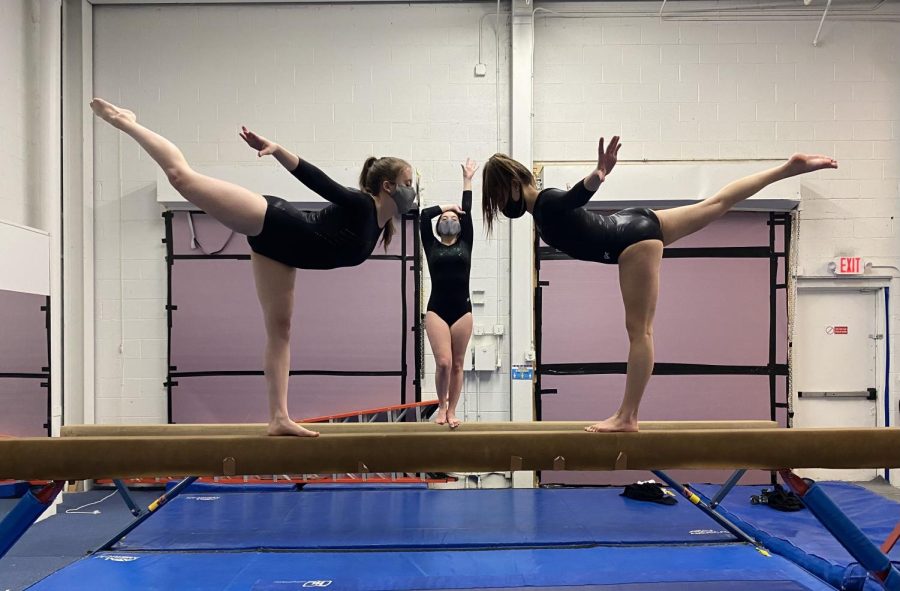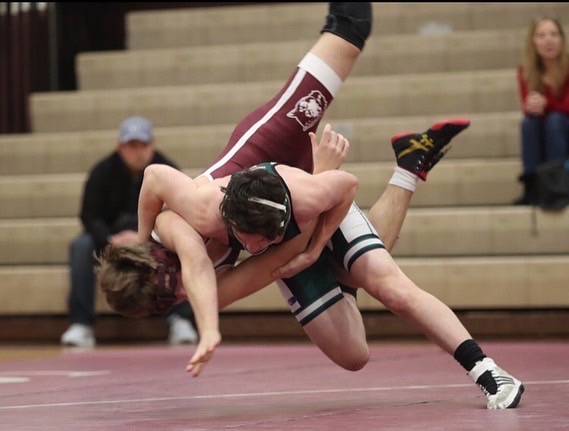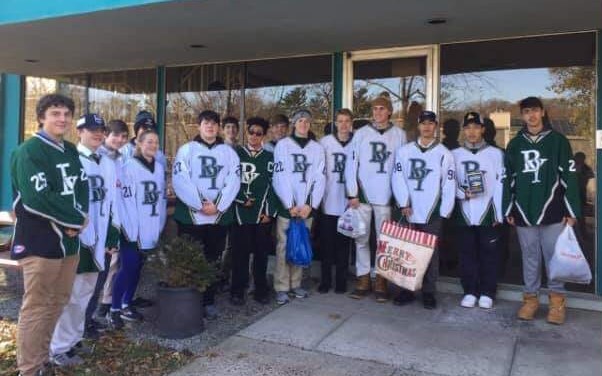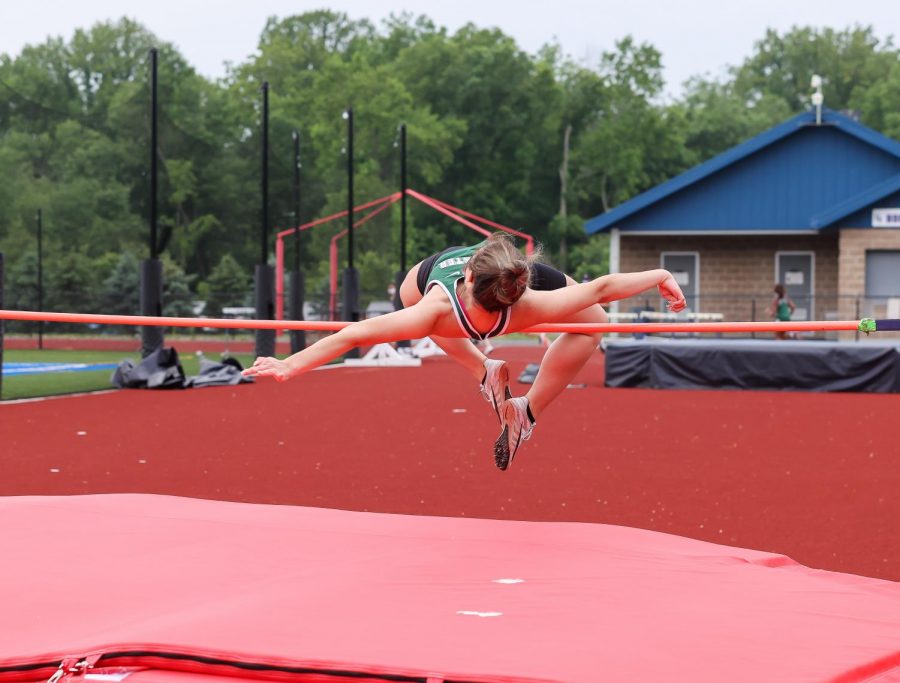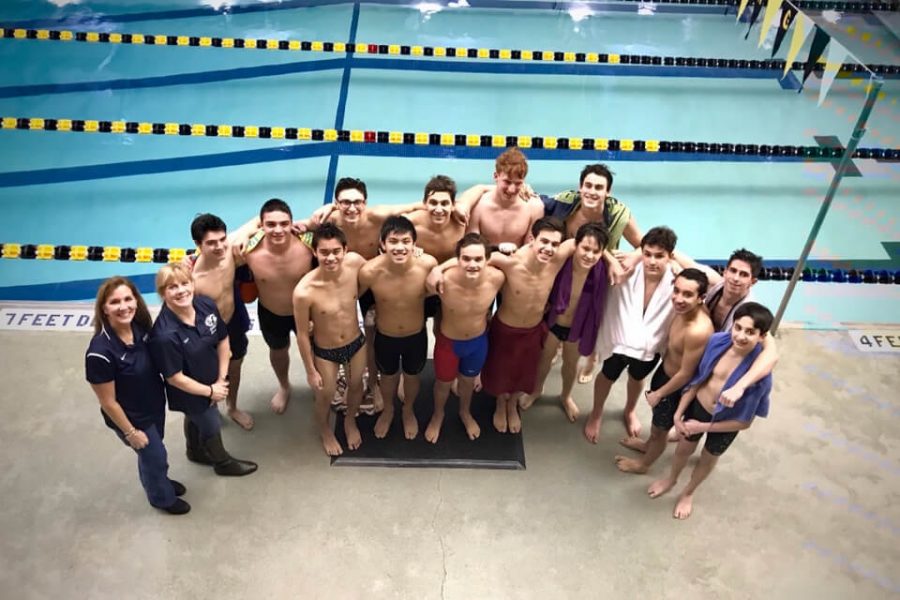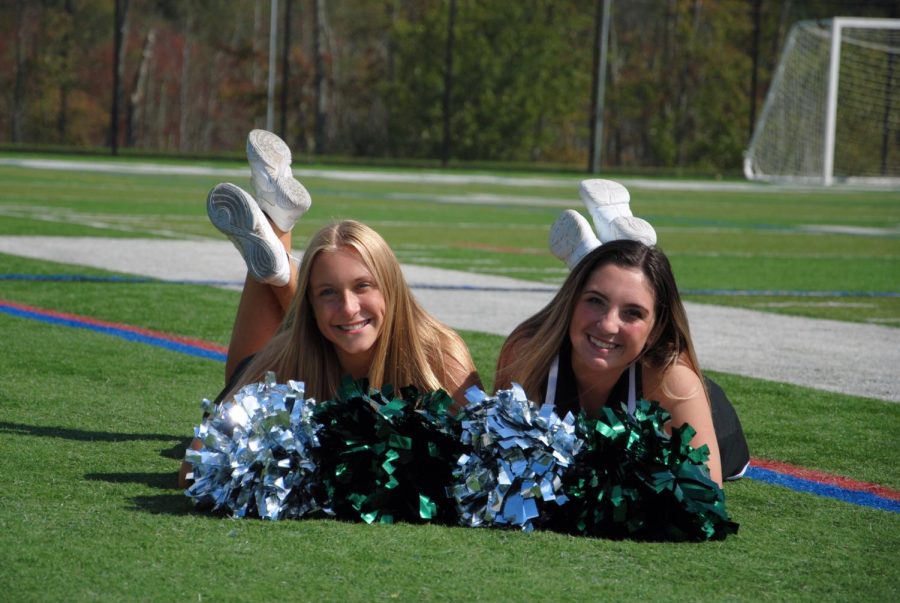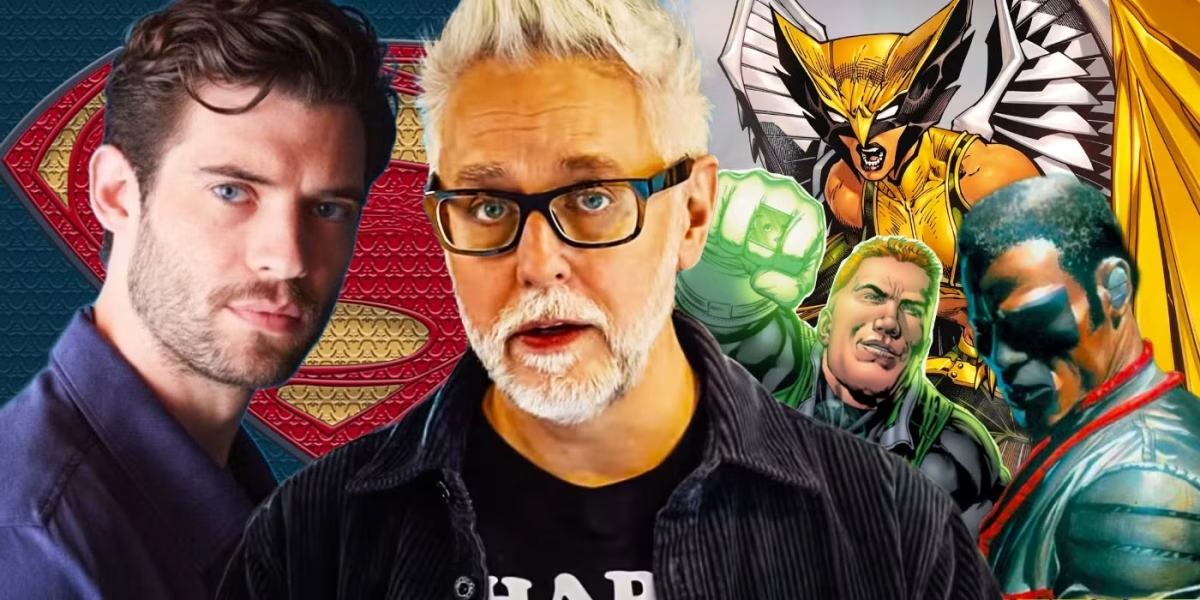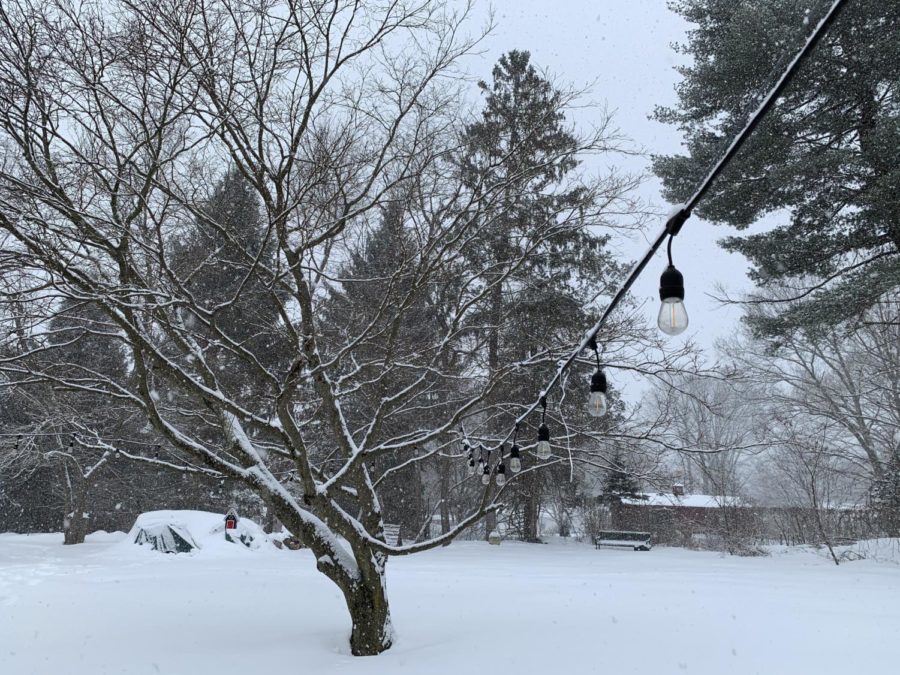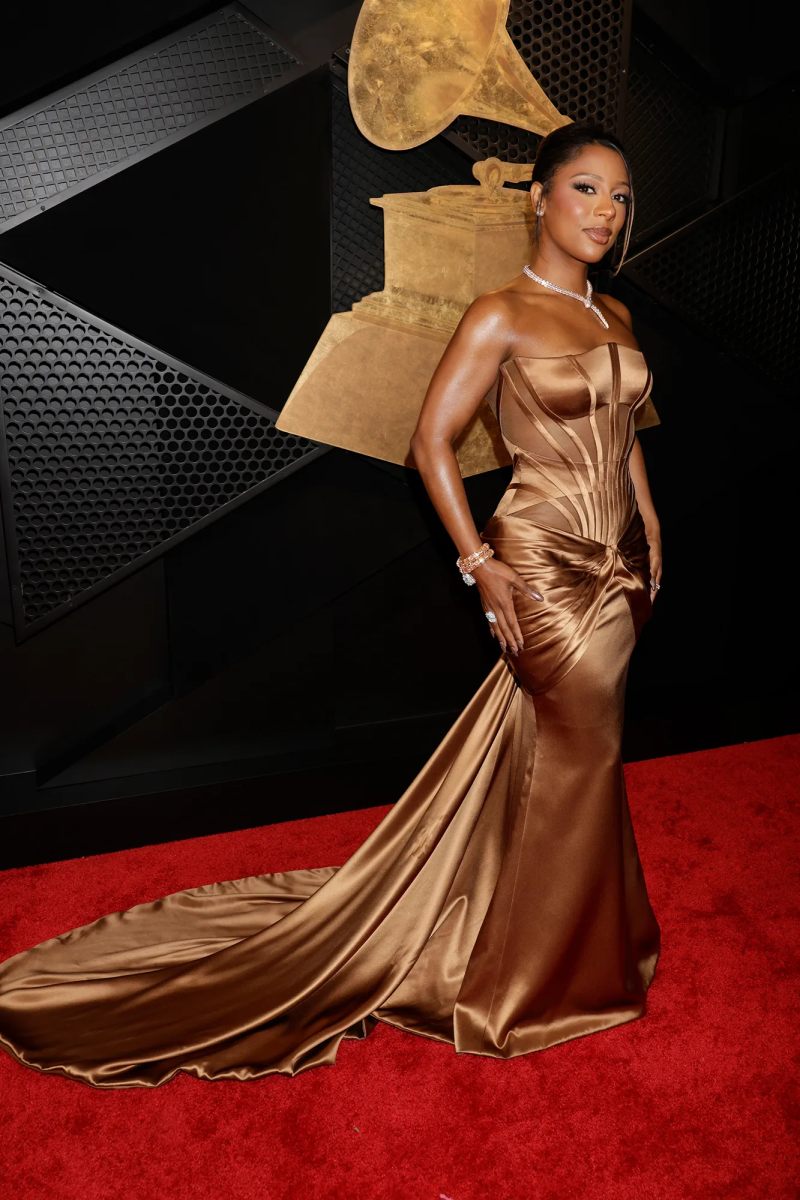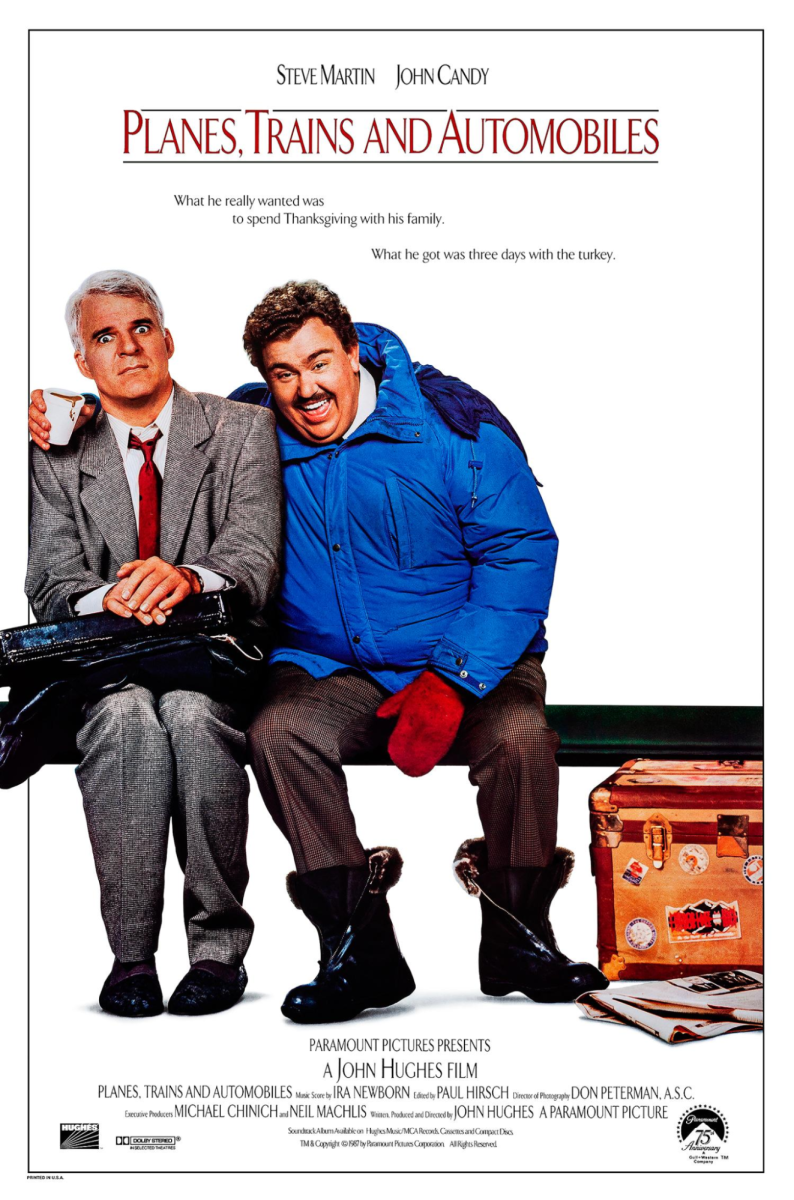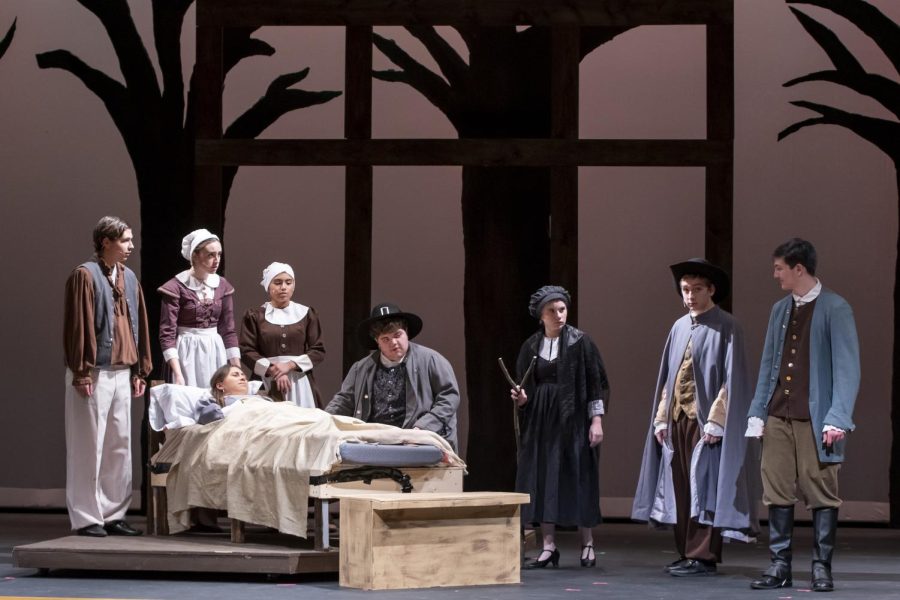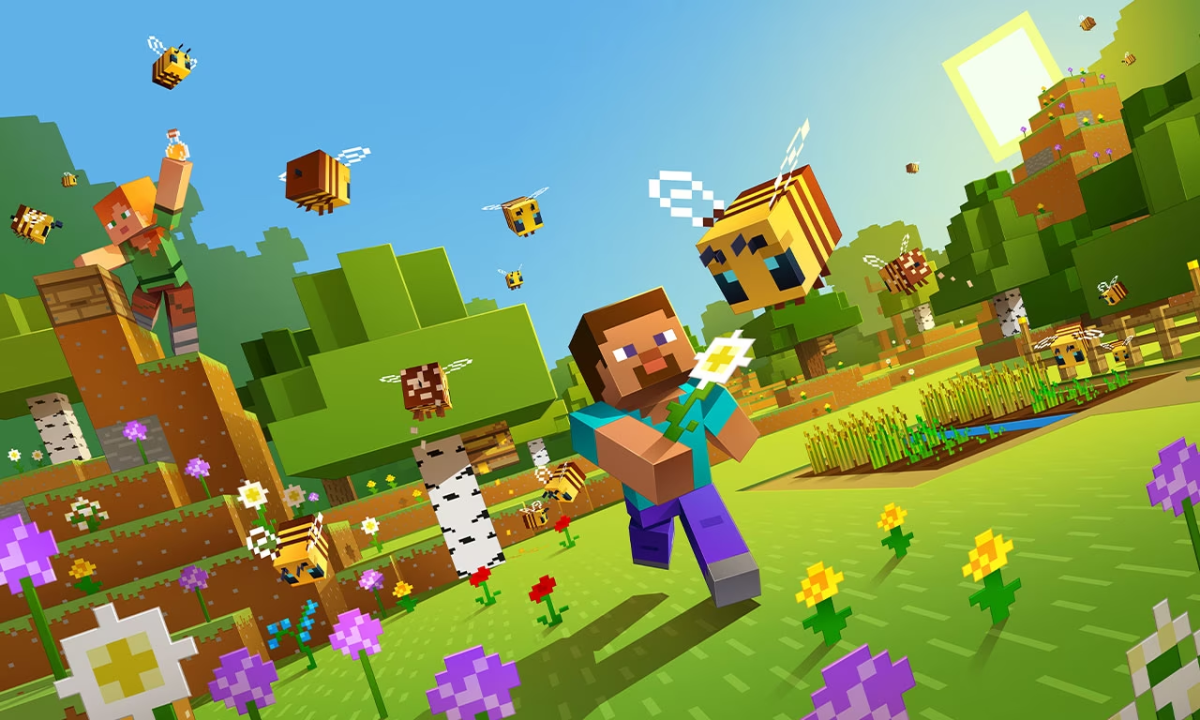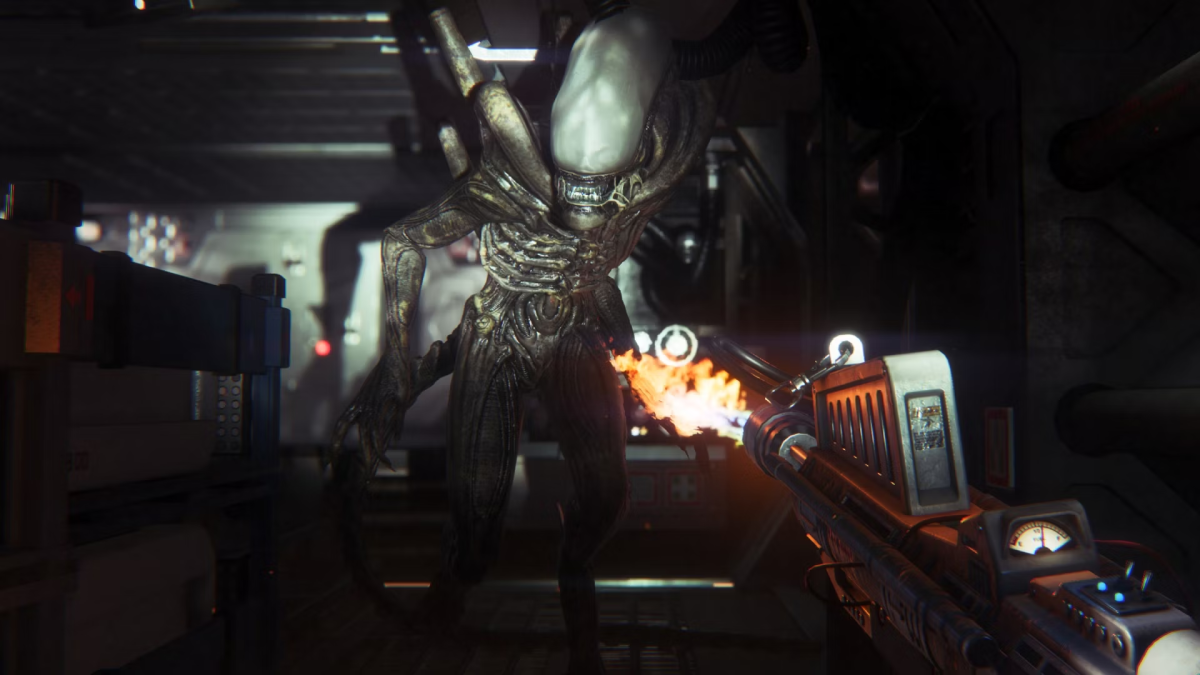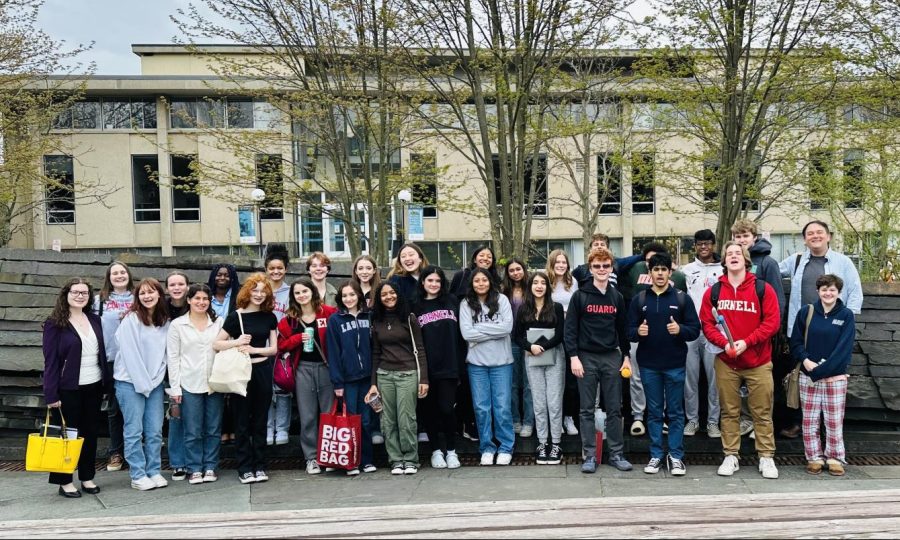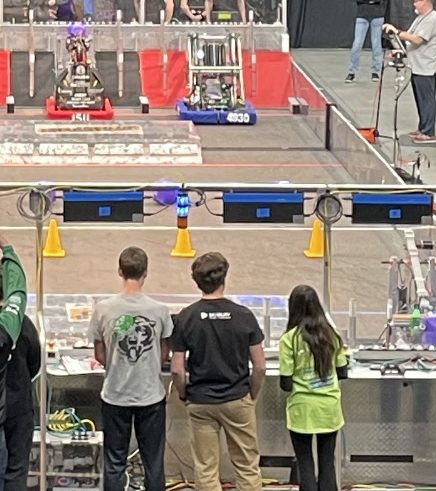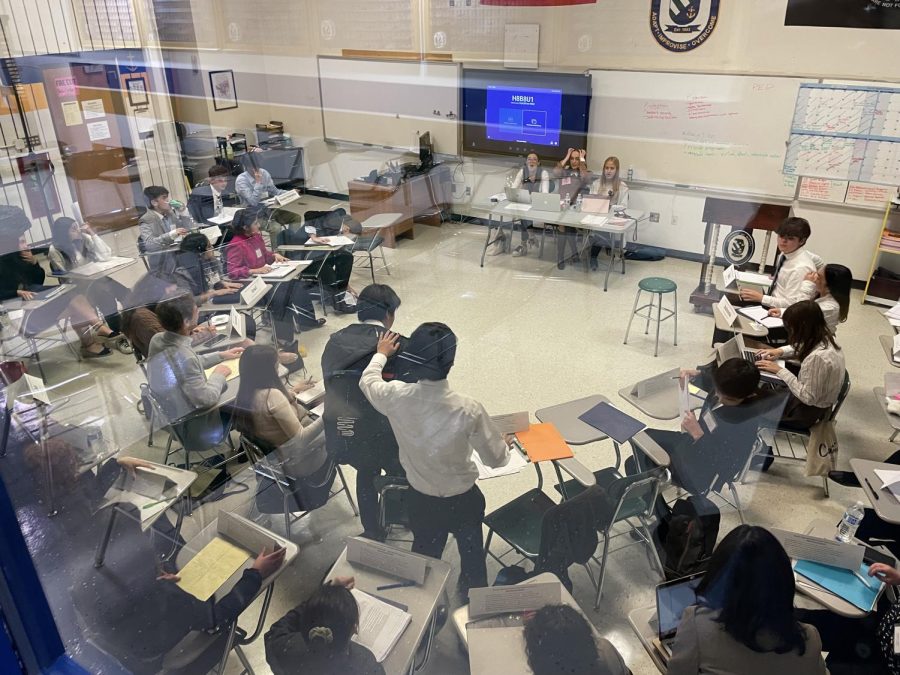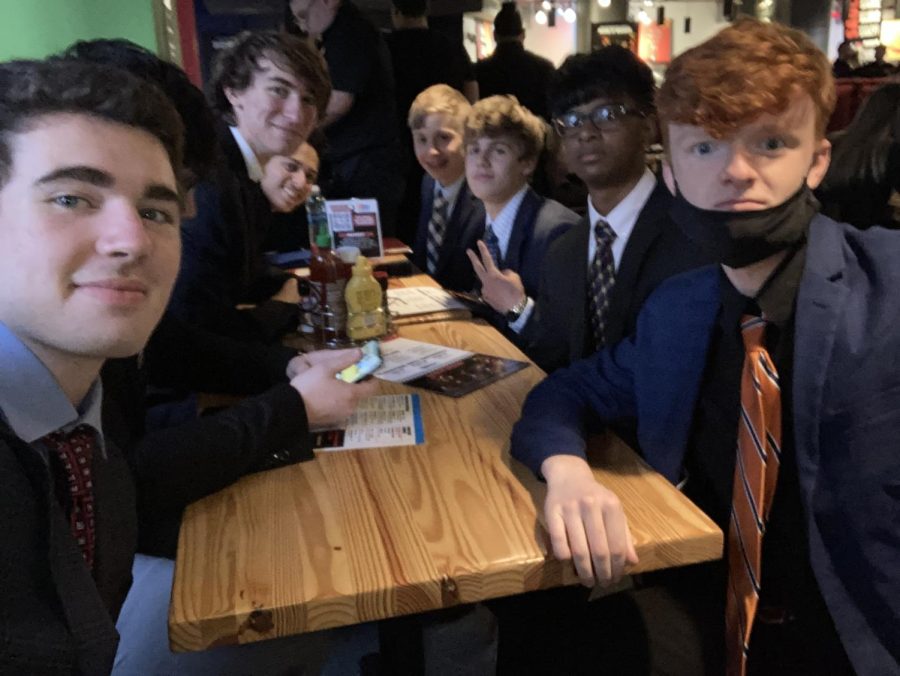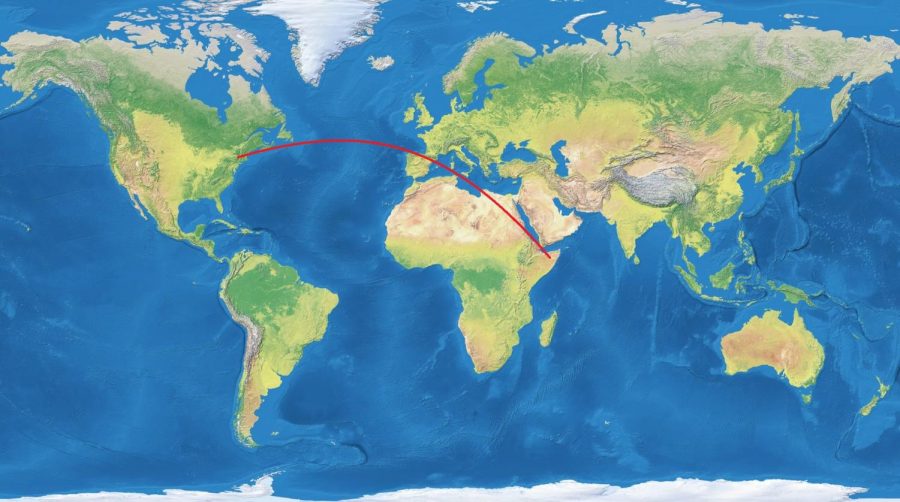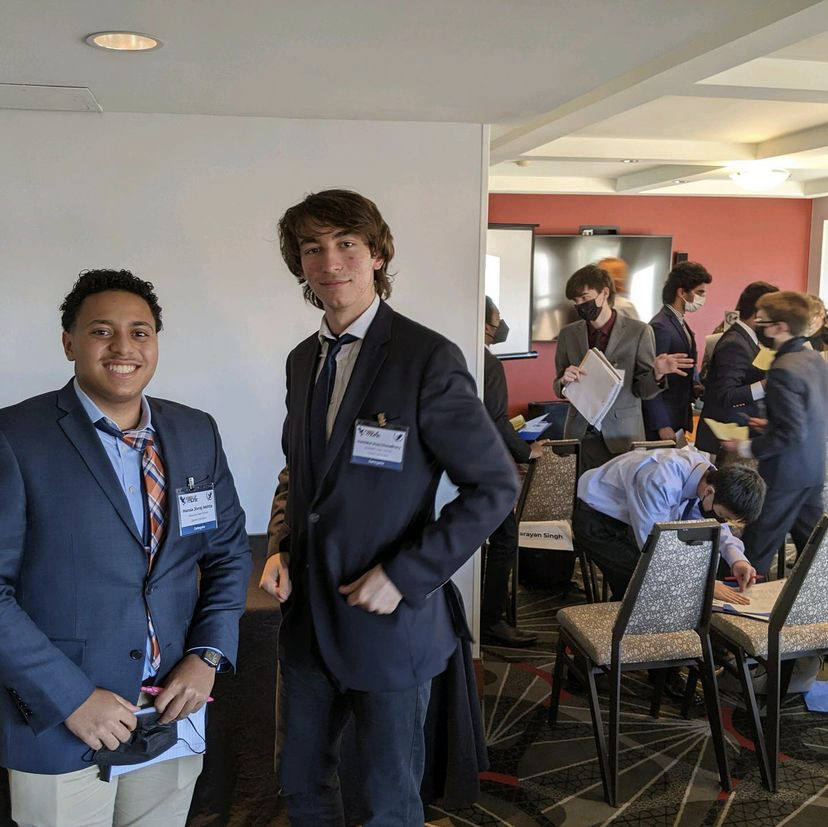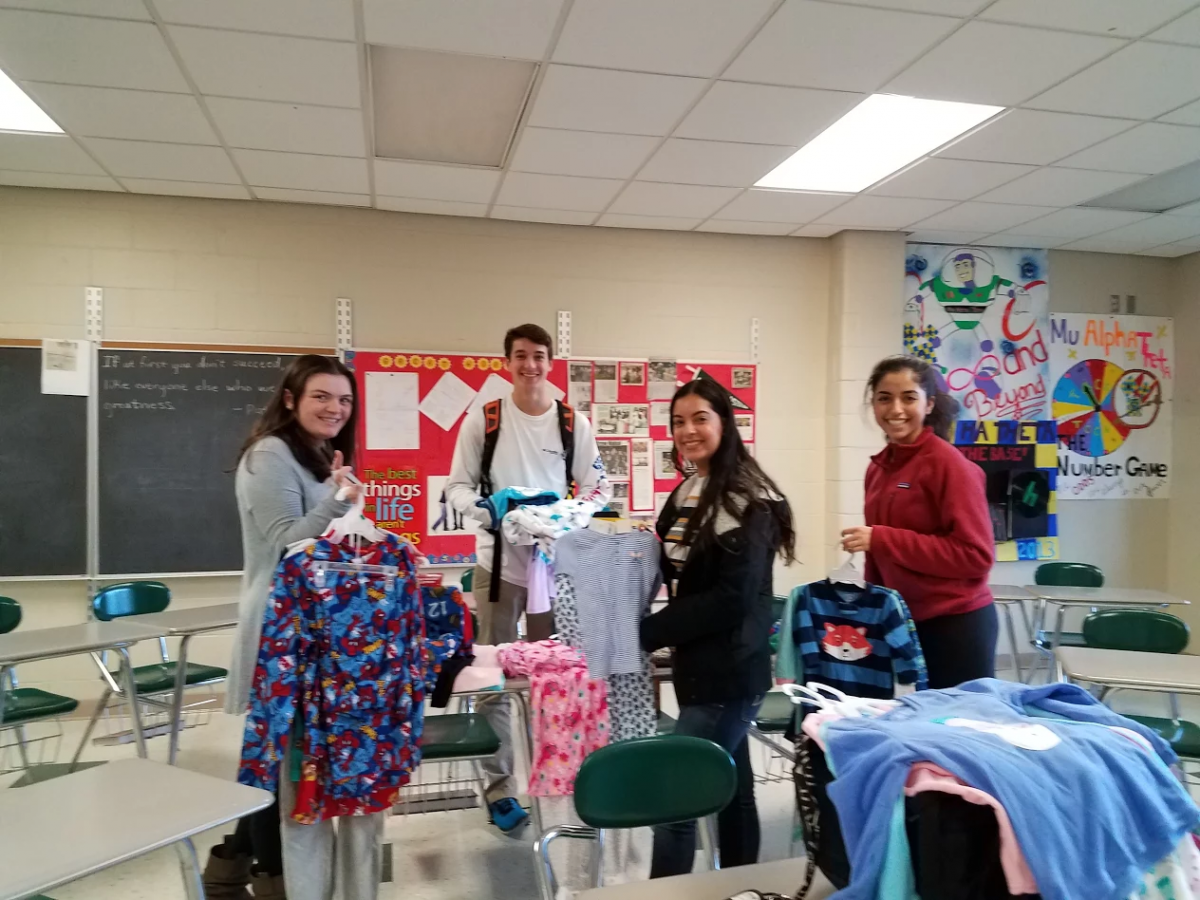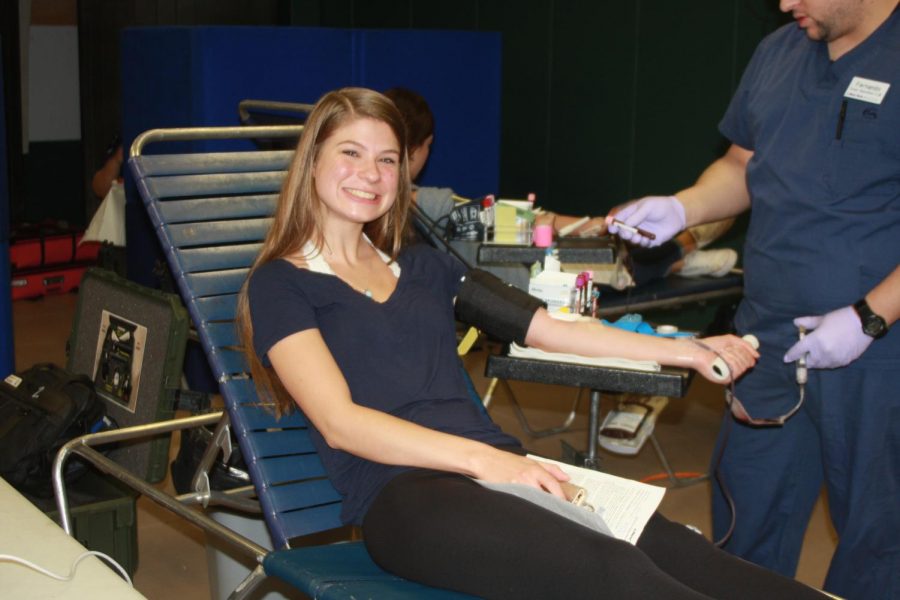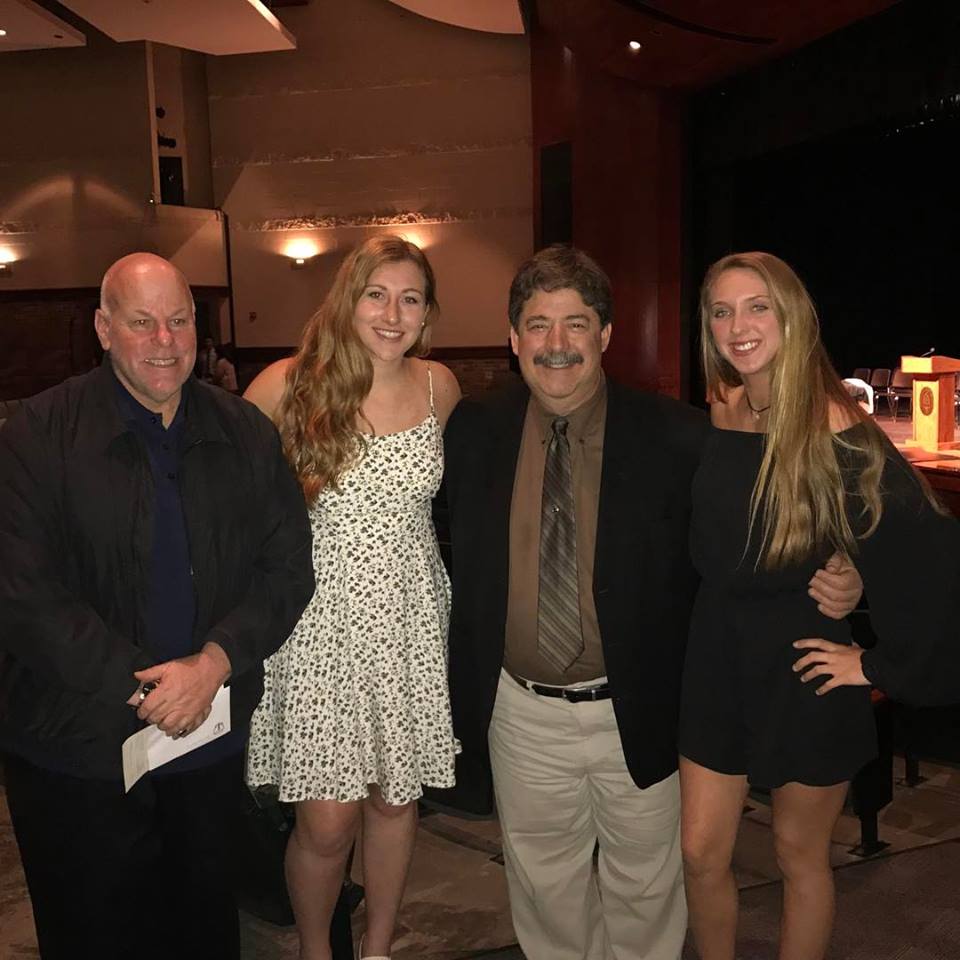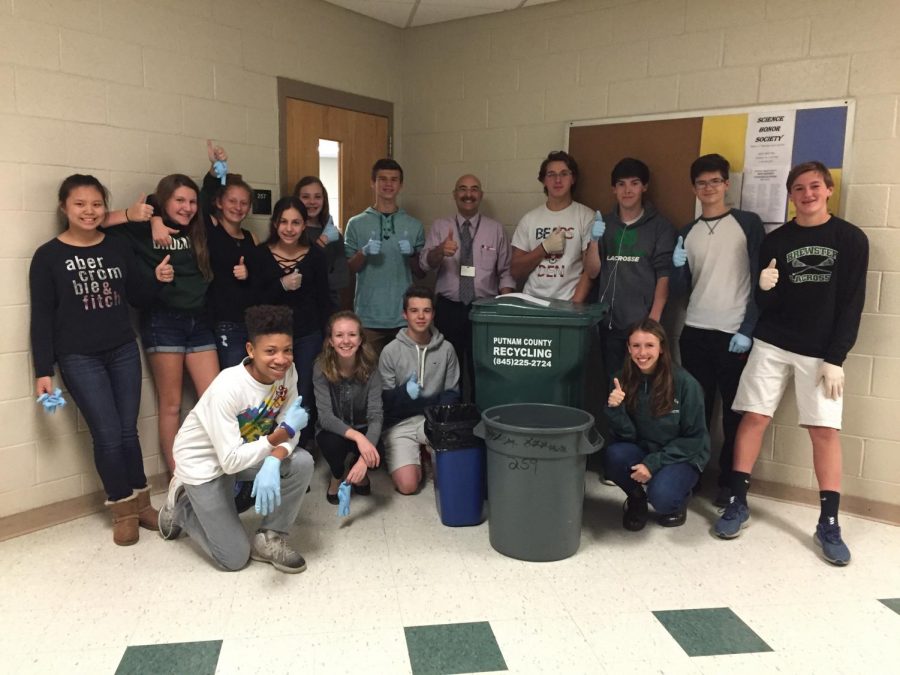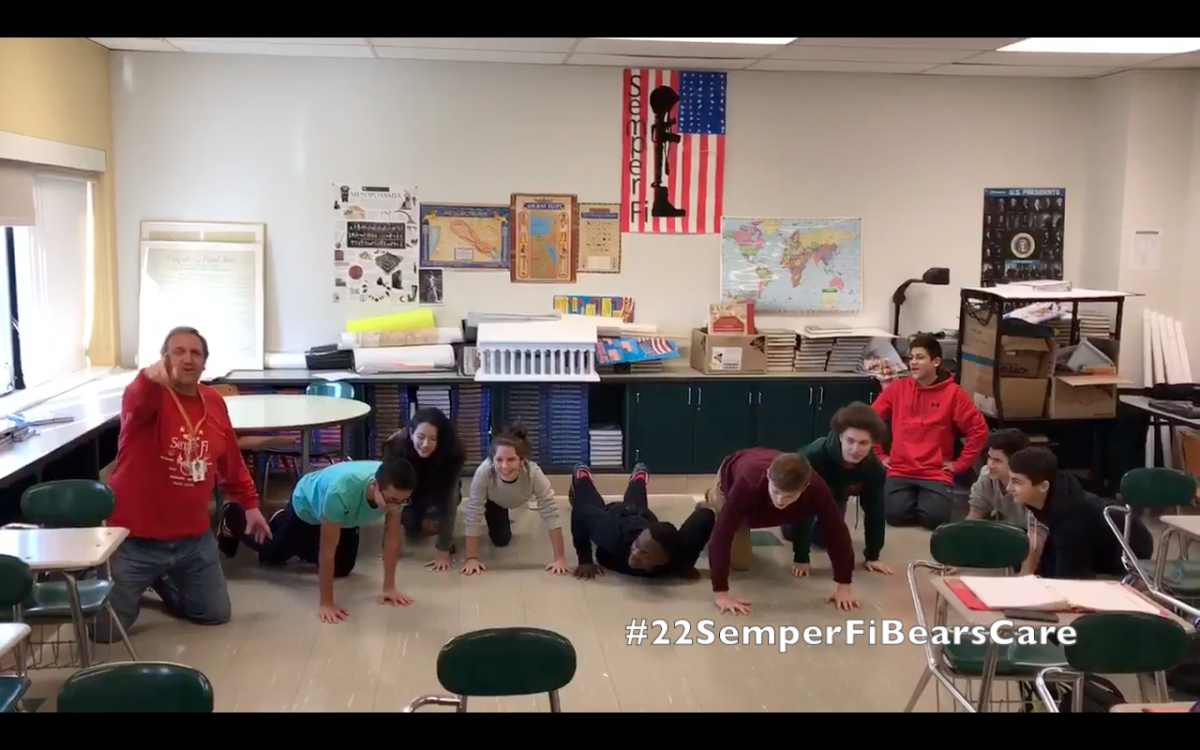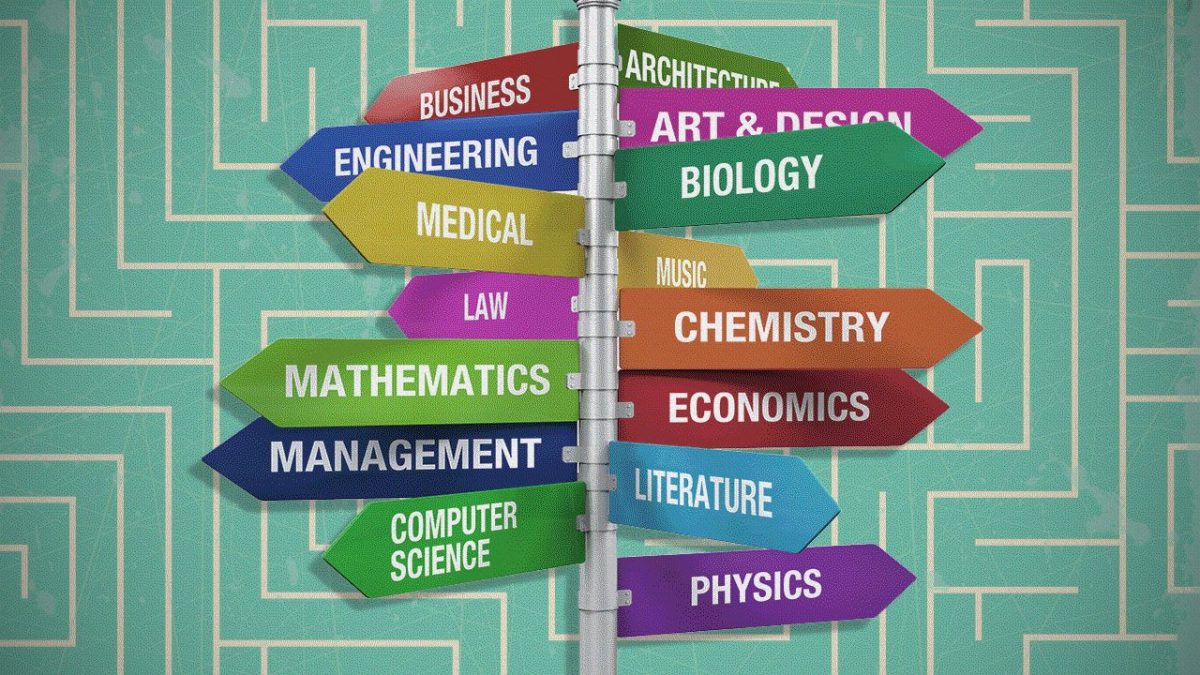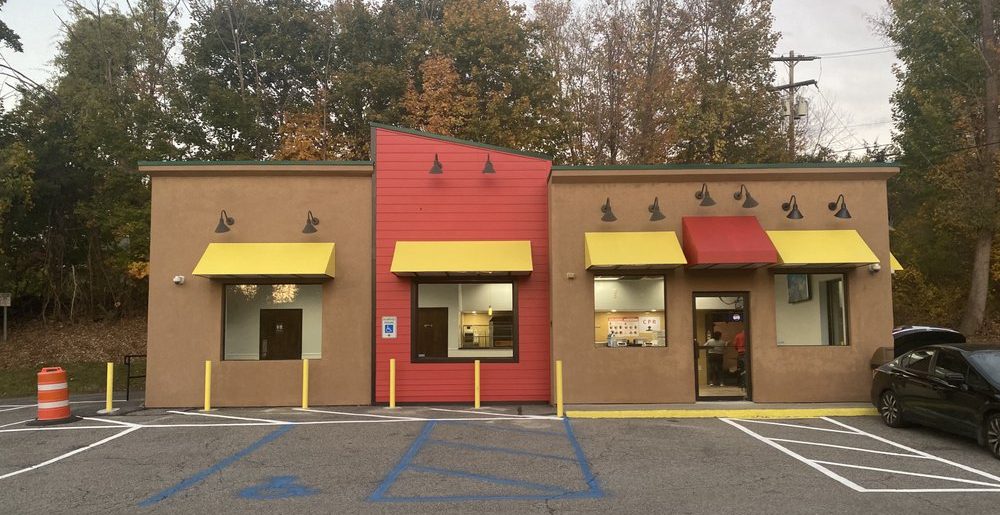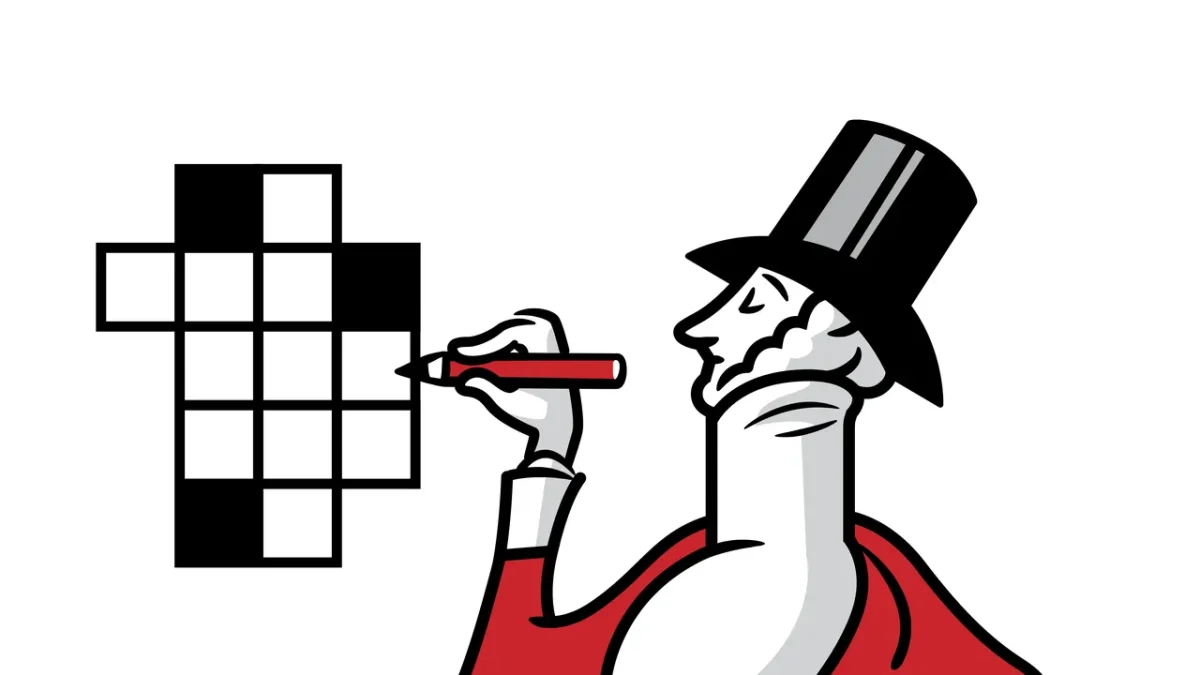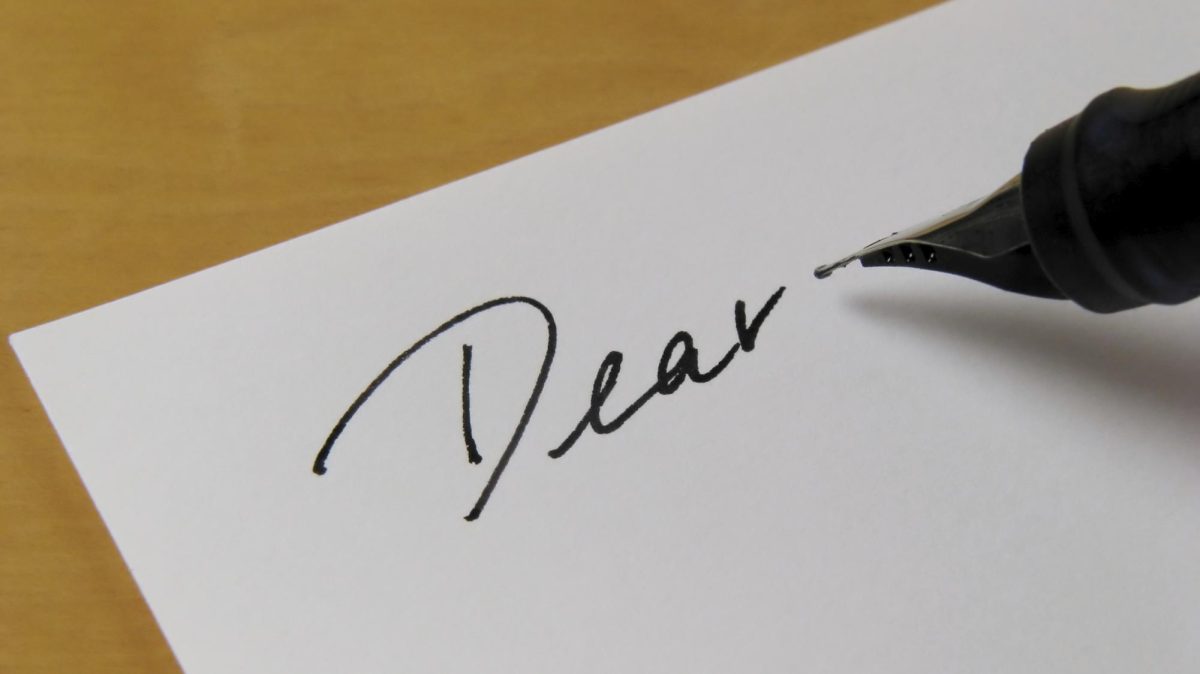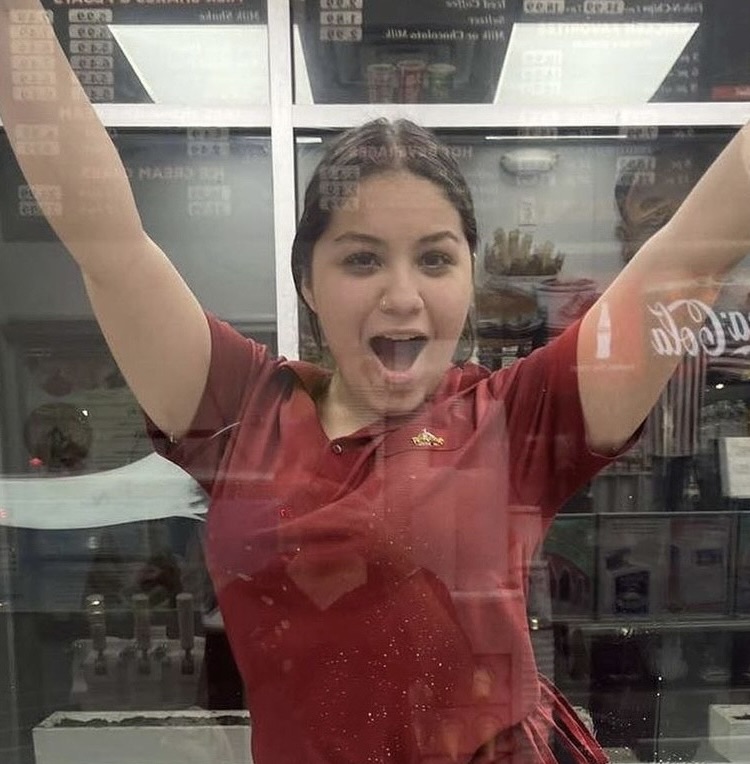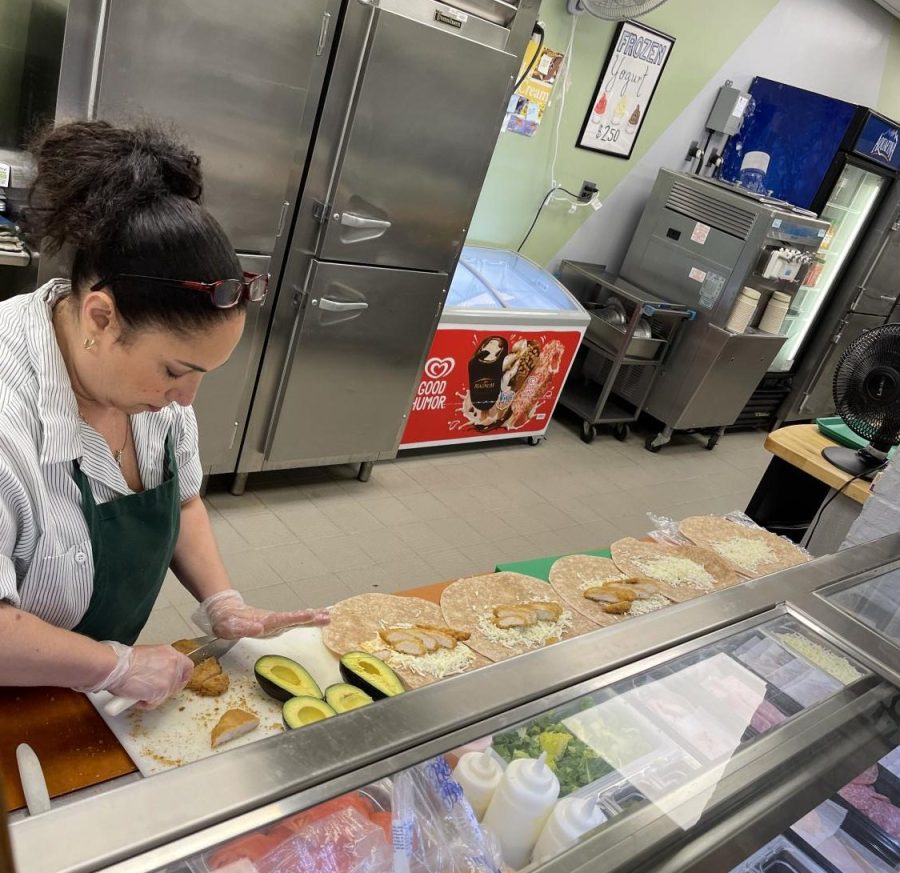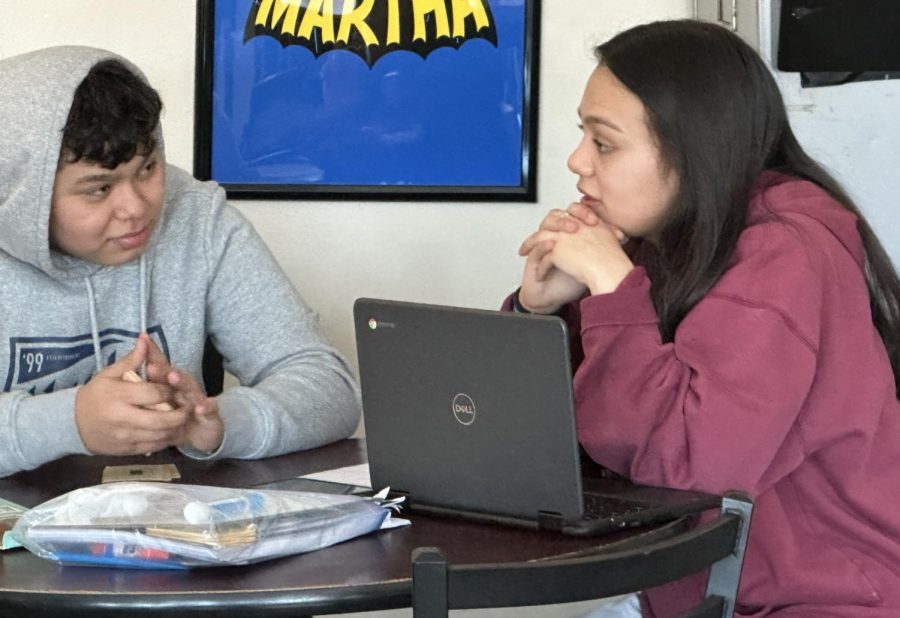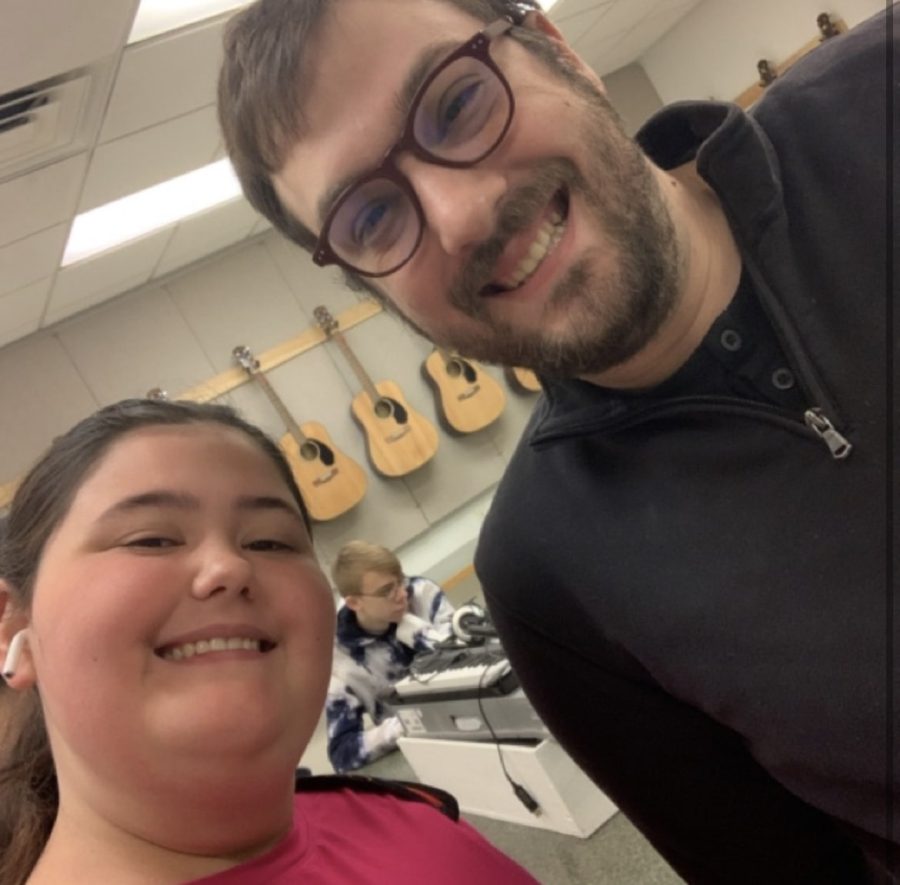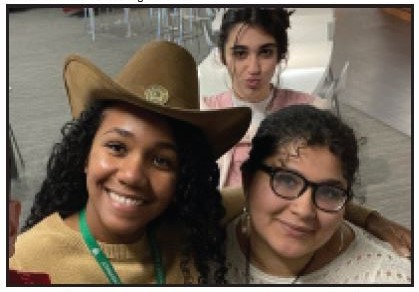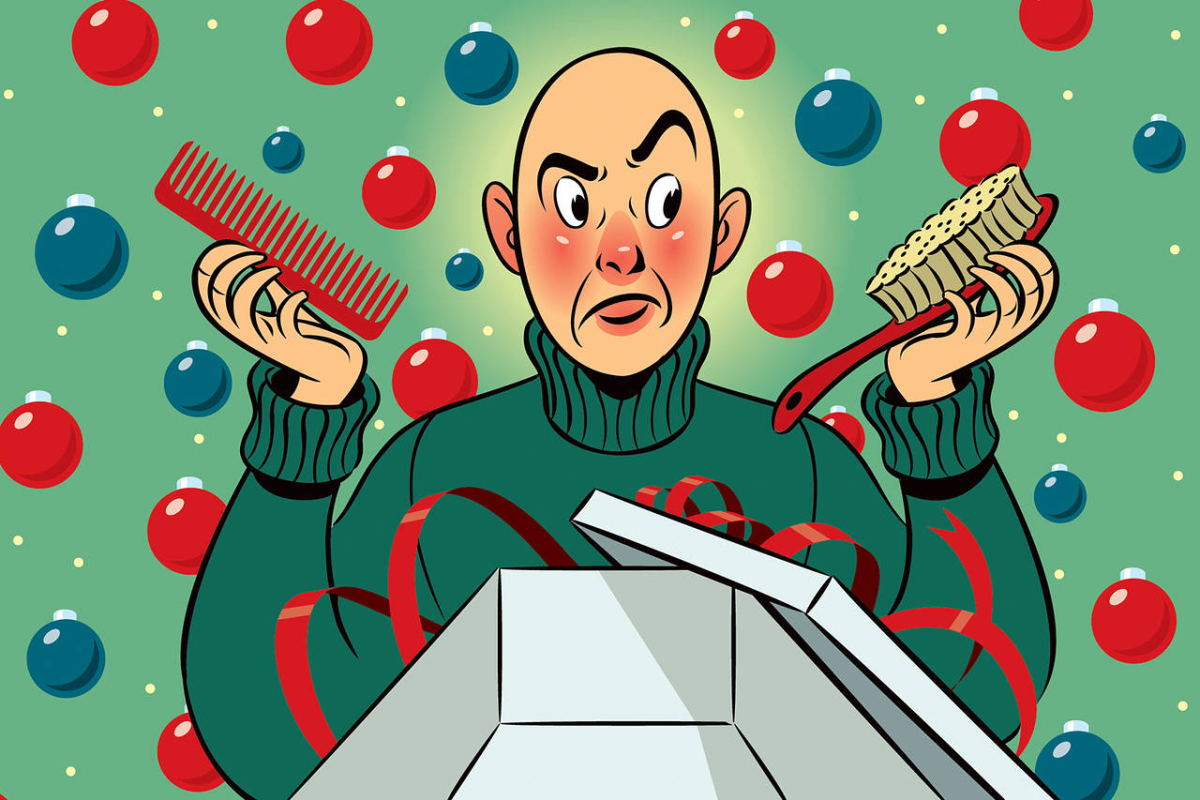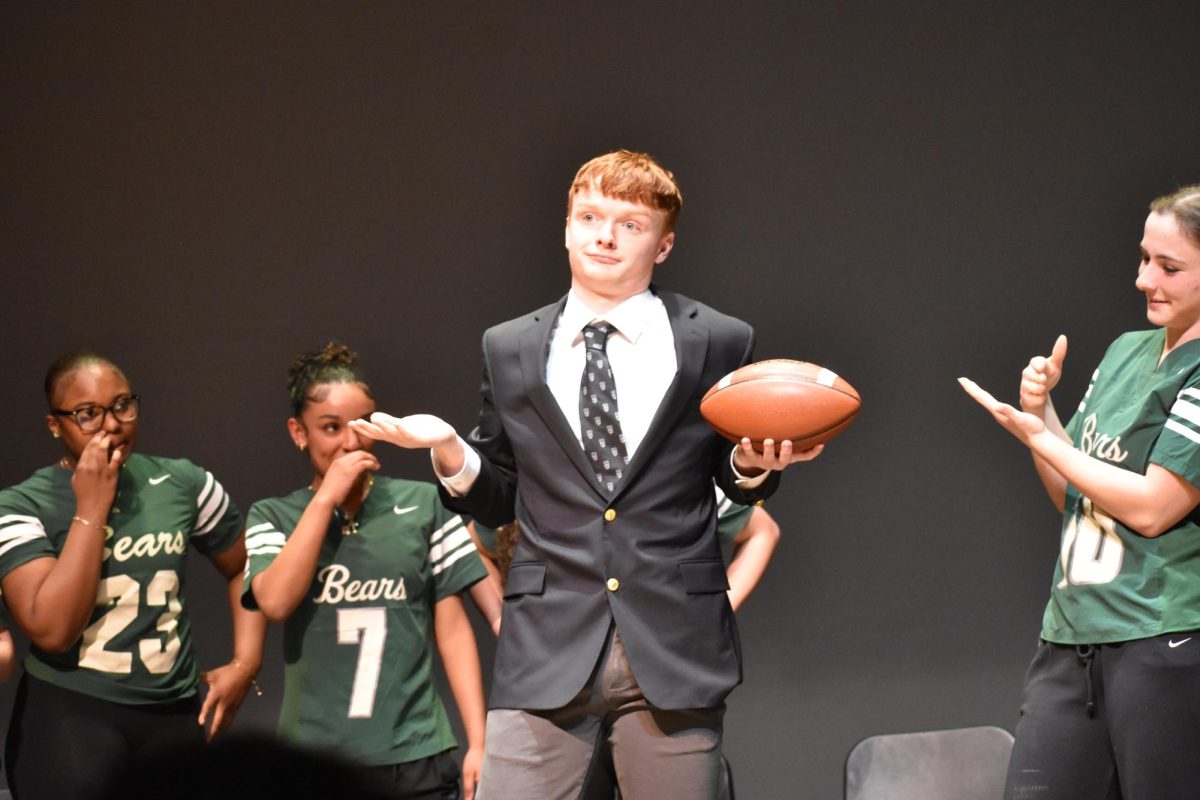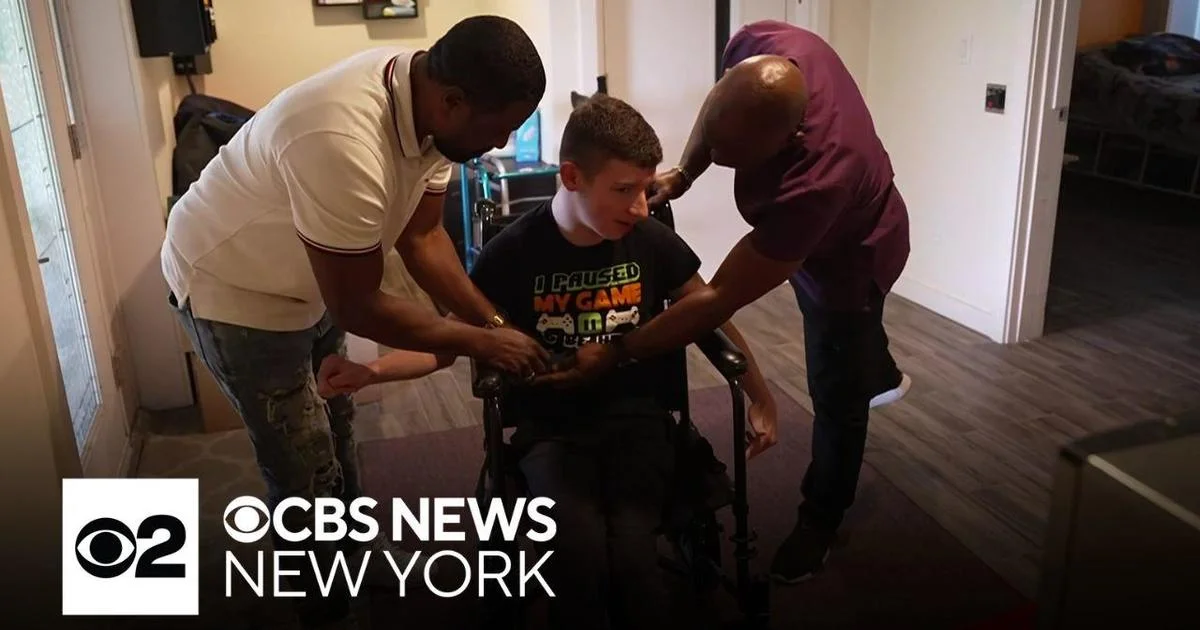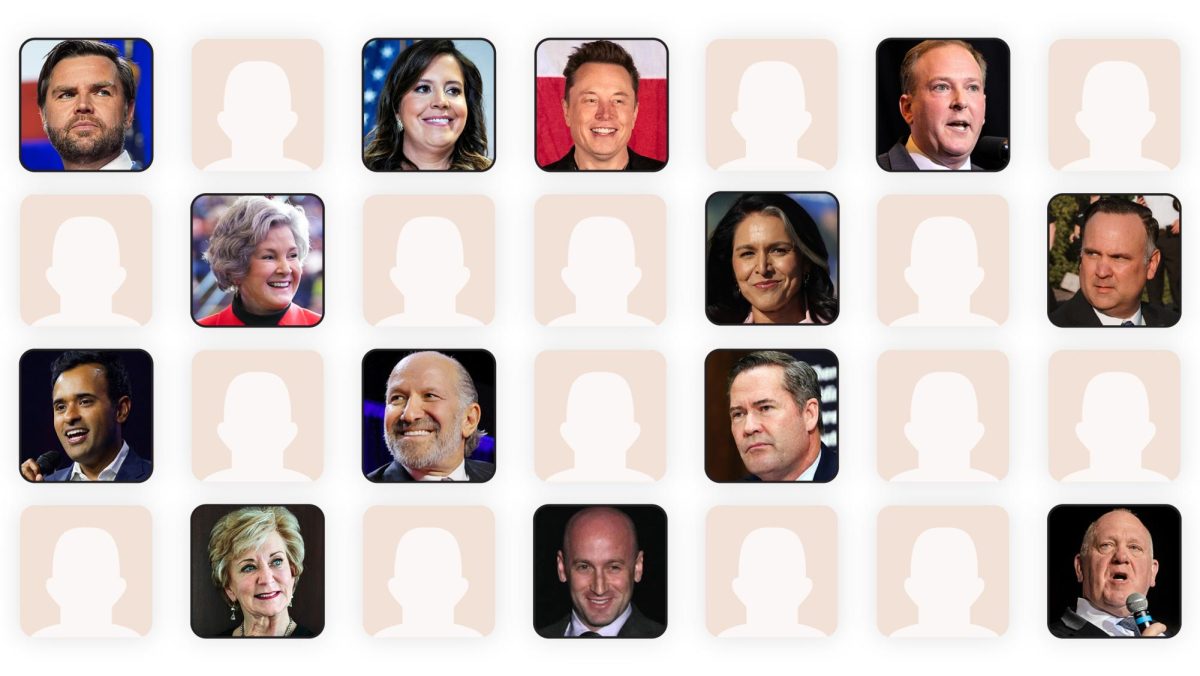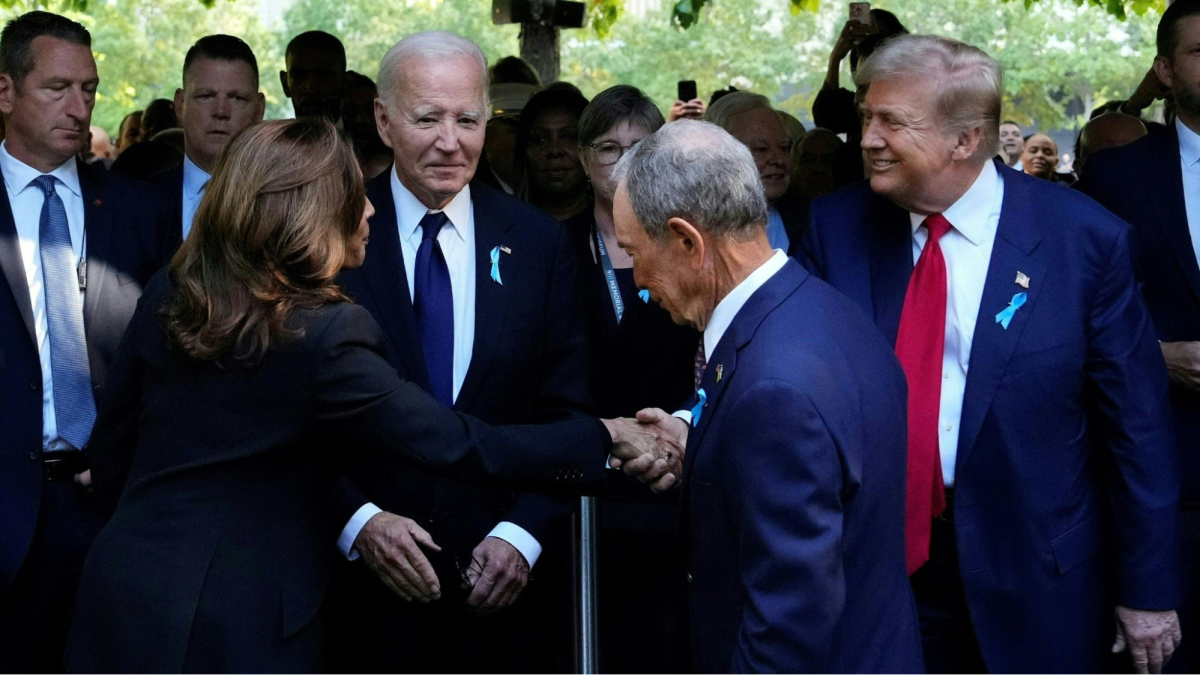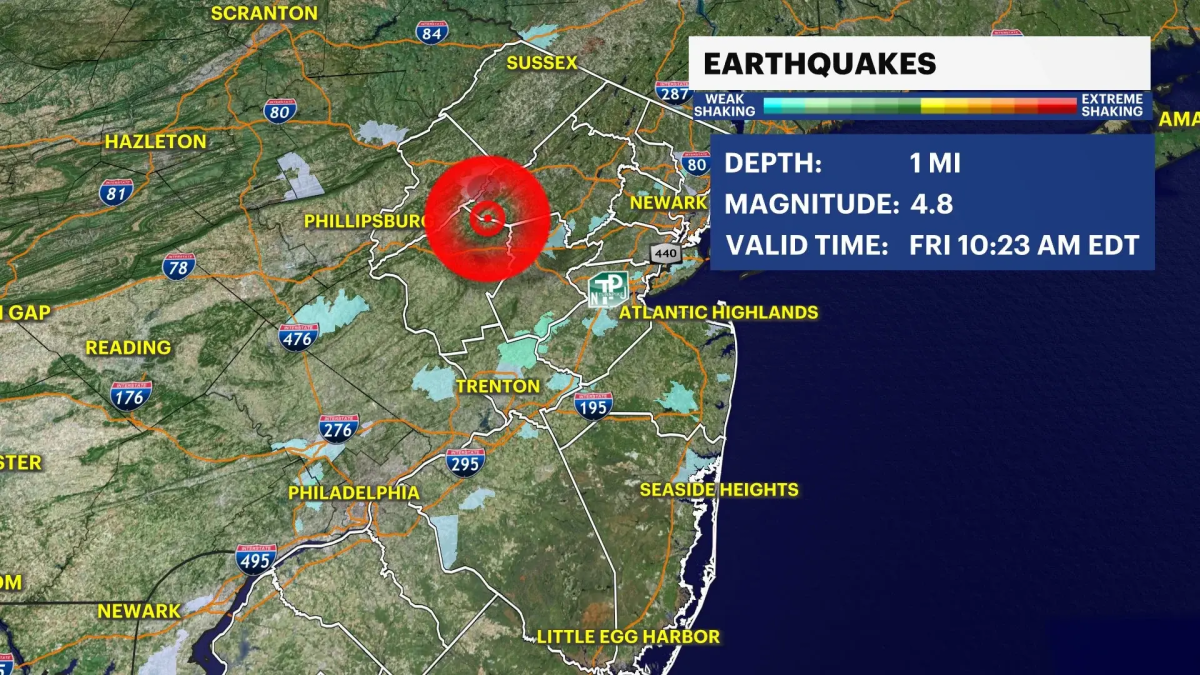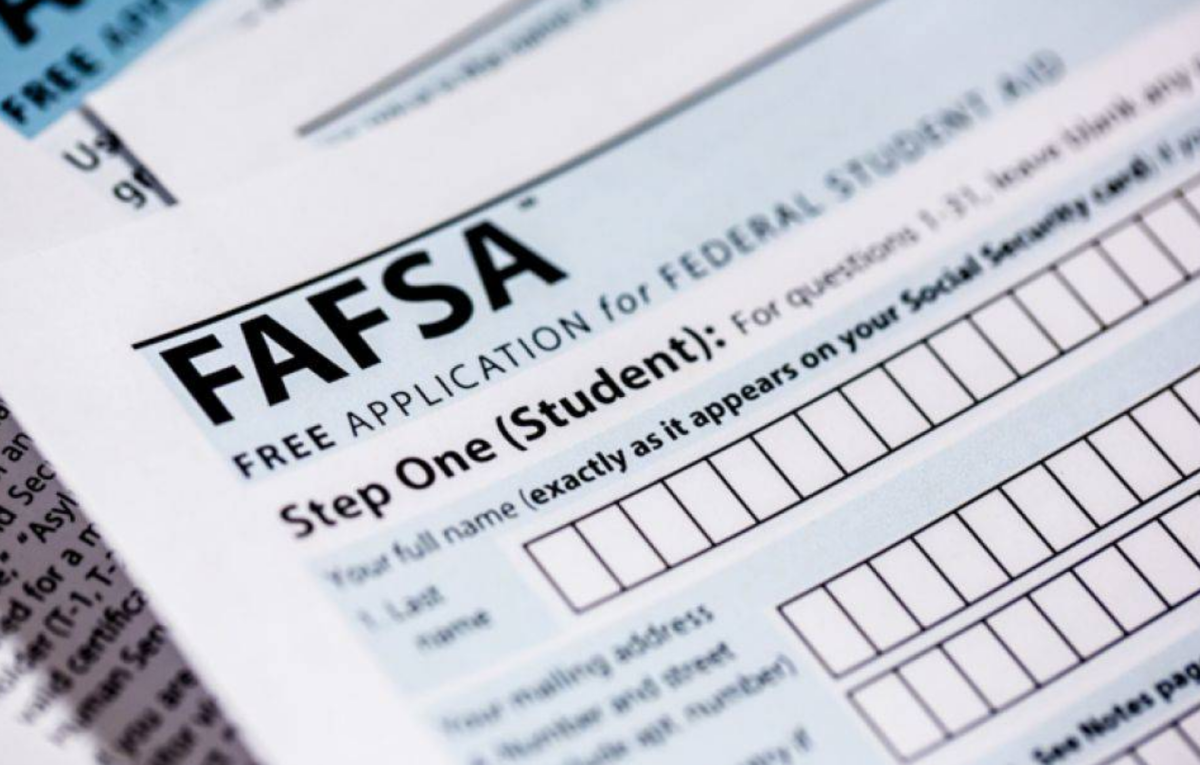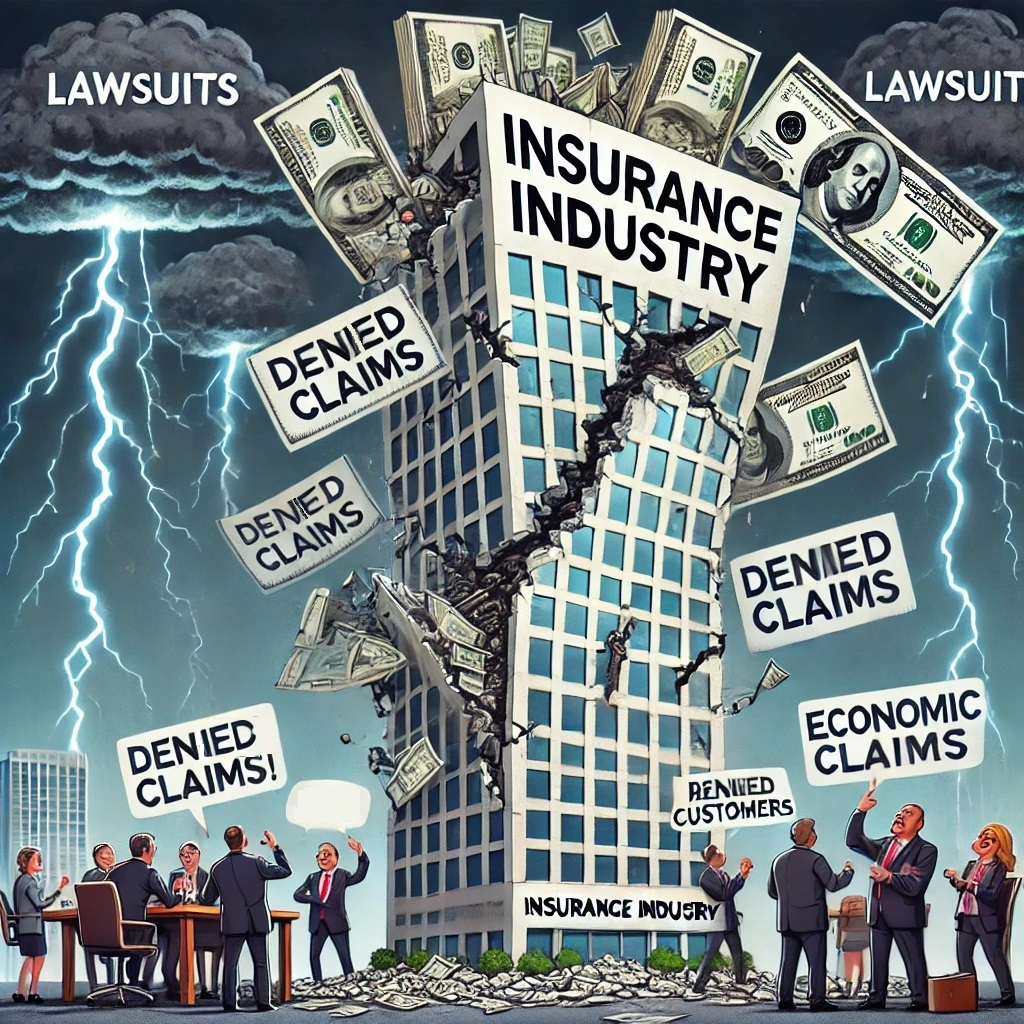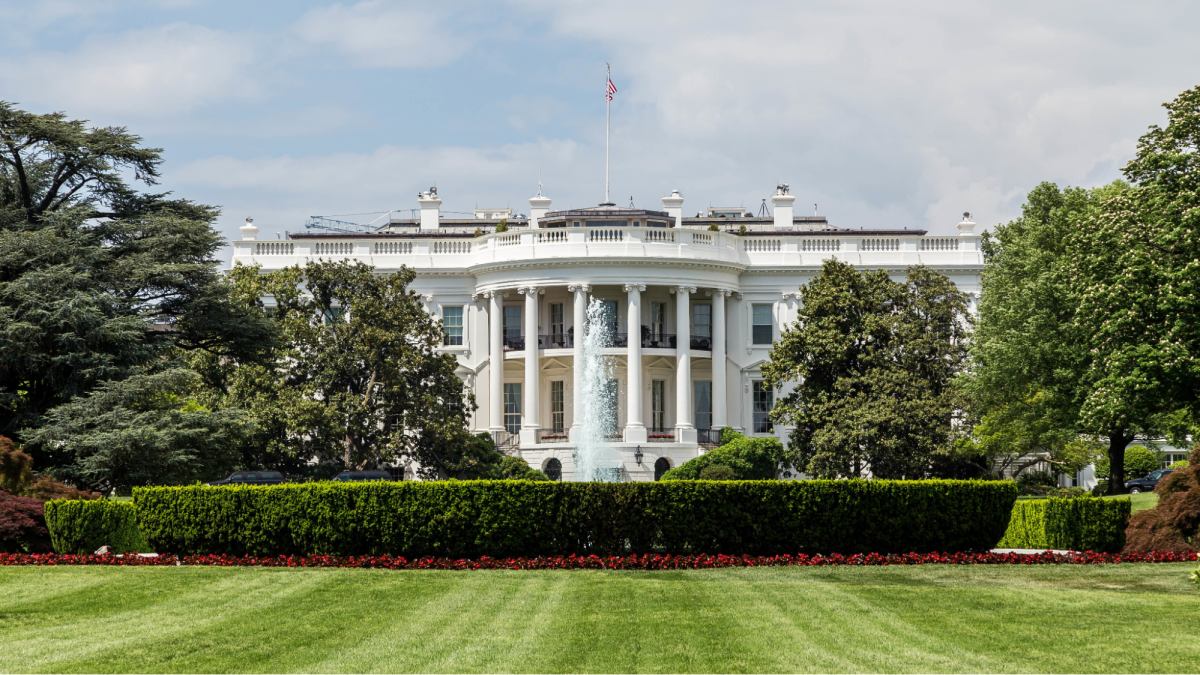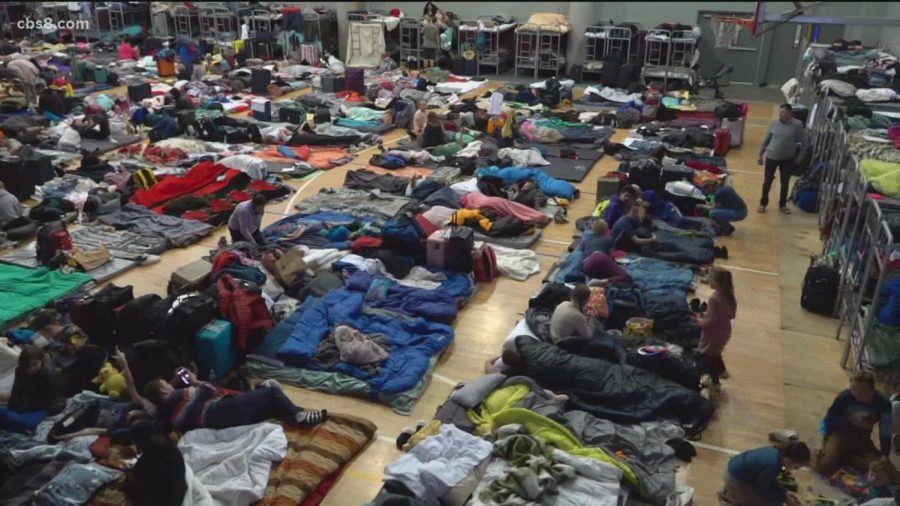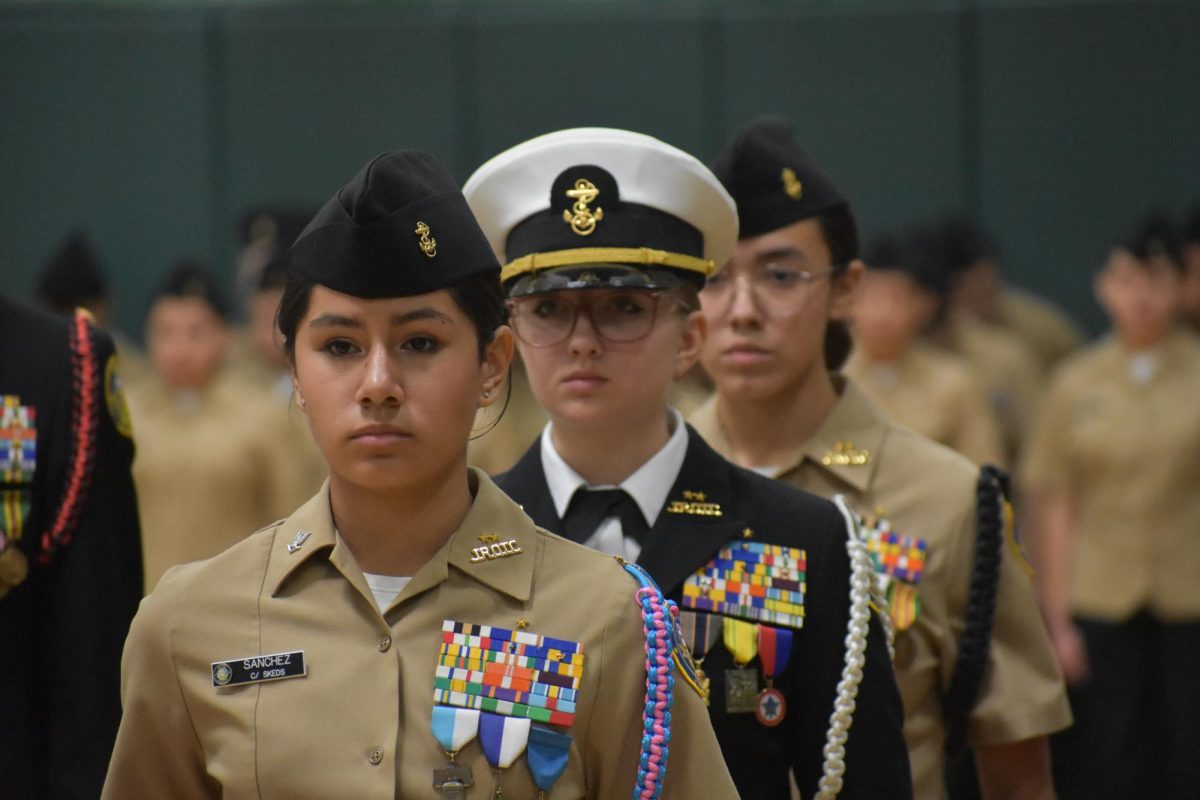On the day of April 25th, 2024, more than 34 million people at one point or another tuned in to the first round of the NFL Draft, the first day of a 3-day-long event where teams build their rosters of the future. In a similar manner to the NBA, the primary way in which football teams add players to their roster is through a draft-based system consisting of 7 rounds where the 32 NFL teams call dibs on collegiate-level football players, signing them to their roster based on many factors of analysis. However, the first day of the draft by far garners more attention than the rest. The top recruits of the draft class, who are projected to have the most illustrious careers in comparison to their counterparts, are projected to be picked earliest in the draft, most commonly on the first day.
However, in a world of media hype, over-exaggerated projections, and disappointment when the top draftees don’t immediately fit their Hall-of-Fame-level projections while others become immediate Pro Bowl material, how can teams traverse and succeed in a seemingly lottery-based system with millions of variables and possibilities?
According to Nobel-Prize-winning Richard H. Thaler and his associate in the field, Cade Massey, NFL teams can take control of their destiny by intelligently using their picks, primarily not by drafting but by trading their picks. According to their work, it is posited that picks in the early first round are typically drastically overvalued, especially by general managers who crave an “immediate fix” by drafting very early, if not with the 1st overall pick. This mentality can be observed quite recently with a trade between the Carolina Panthers and Chicago Bears, which materialized with the Panthers receiving the 1st overall pick of the 2023 NFL Draft in return for the Bears receiving the Panther’s best wide receiver, alongside 4 future draft picks for the first 2 rounds. The general manager who oversaw and advocated for such a trade, Scott Fitterer, made such a decision on the grounds of putting the organization “in a position to get a quarterback, which took form in quarterback Bryce Young becoming the first overall pick of the 2023 draft and now entering a team with fewer offensive weapons than before. Although it could be argued that more than just this lopsided trade was responsible for the Panthers organization’s 2-15 finish, it could very well be argued that this decision unveiled a very large sign of impatience by the general manager, which led to the Panthers also letting go of the eventual 1st overall pick for the very next year due to their poor performance, which the Bears used to draft quarterback Caleb Williams 1st overall, alongside acquiring many other valuable players and capital. This, alongside other decisions and disagreements, led to Fitterer’s termination with the organization, while the Bears were in a solid starting position for the upcoming NFL season.
This trade, however, is only one example of many throughout NFL history where a team overreached on securing the pick to “turn their franchise around.” So, if there are already many historical examples of teams failing when trading up in a drastic manner, why do management teams continue this cycle?
Although this is a multi-faceted question with no definite answer, a key component of this issue is likely found within the staff culture, which overtakes many organizations in the football world. According to conversations with 14 people associated with the process of a team’s rating decisions, many teams’ cultures in the draft rooms are filled with “overconfidence, competing incentives, pressure, and impatience.” According to Richard Thaler and Cade Massey, two academics who study the economy and education as it pertains to decision-making, teams drastically overestimate their ability to predict the future impact of players in the league, therefore overvaluing early picks in the draft, especially in the first round. Individual members of staff and draft committees in particular vigorously defend their stances, although such stances may be flawed and influenced by outside sources. A general manager in danger of firing may wish to trade up to make a blockbuster pick in order to keep favor; position coaches naturally want talents in their specific position to be drafted; and coaches may drastically overestimate their ability to change a player with certain flaws. All of these factors of self-interest can at times turn an organization into a catastrophe, especially when earlier picks are high-risk and high-reward.
If such biases were completely removed, what would be an optimal approach for a team with an early pick? Well, assuming that the team does not immediately require a franchise quarterback (which almost always comes at a major premium in the draft), it would be best practice to trade down instead of up. As demonstrated in the recent Bears-Panthers trade, the Bears, who traded away their 1st overall pick, were able to attain many more opportunities to grow their roster and address their present weaknesses. For example, trading a pick in the early first round in return for 3–4 picks later in the draft (in the 2nd and 3rd rounds) would give a much higher probability of successfully picking quality players in comparison to putting all one’s eggs in a singular basket. However, such mentality quite often is to the dismay of teams’ fans, who especially hold the expectation of more immediate, instant impact players being sourced directly from the draft, even if such a decision would be to the detriment of an organization.
With such factors as impatience, staff culture, and fan pressure, it is completely understandable why teams sometimes feel the need to “reach up” in the draft, wasting value. However, it is important to note that although some decisions made by organizations may seem poor on the surface, there may be a greater reason for such a choice.
So, for next year’s NFL Draft, remember that although your team may end up making the worst (or best) decisions in who they decide to draft, trade, or otherwise, there are many factors as to why a team may not make the decision that seems the most logical or correct that are outside of what happens on the field.
